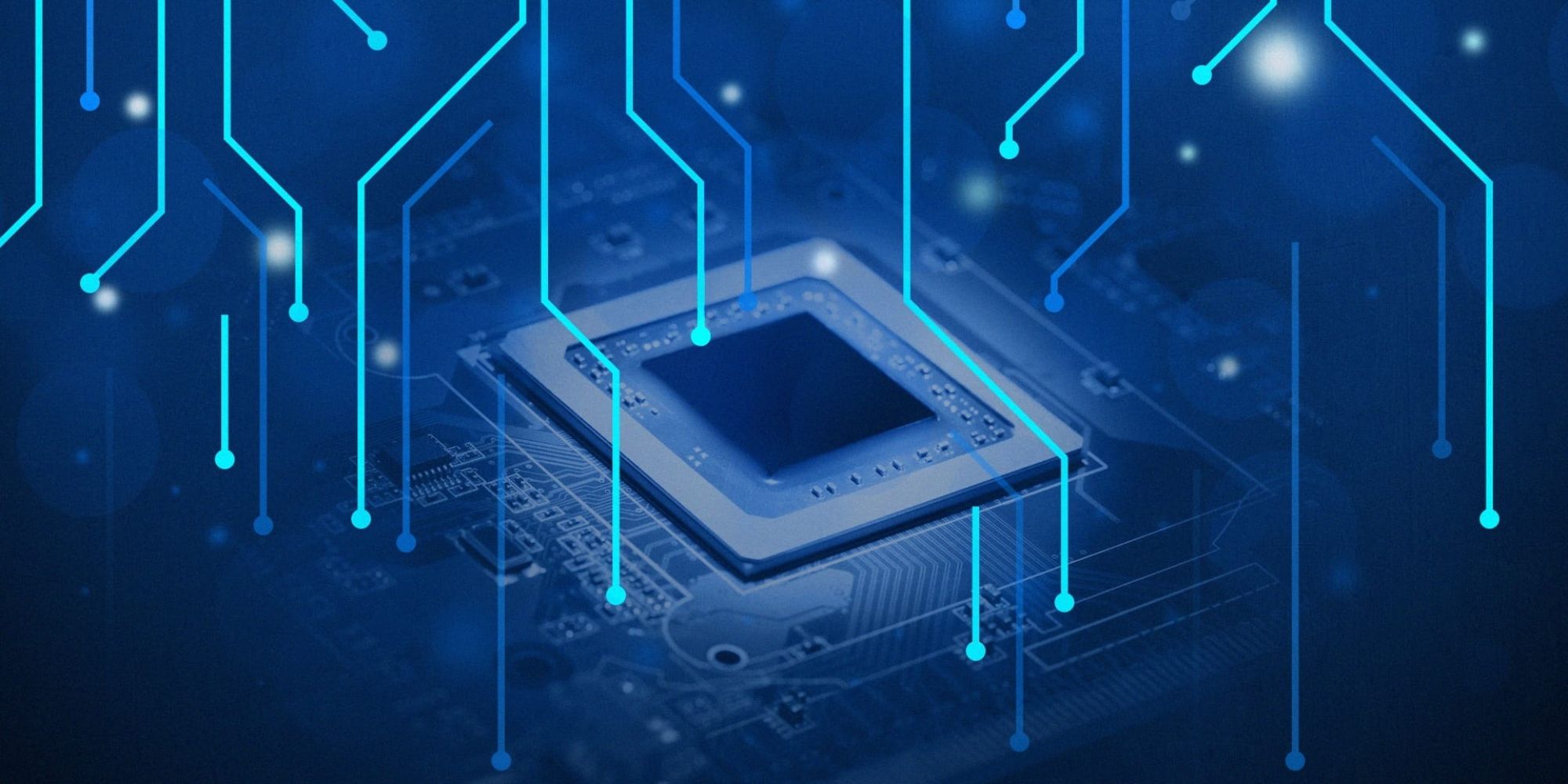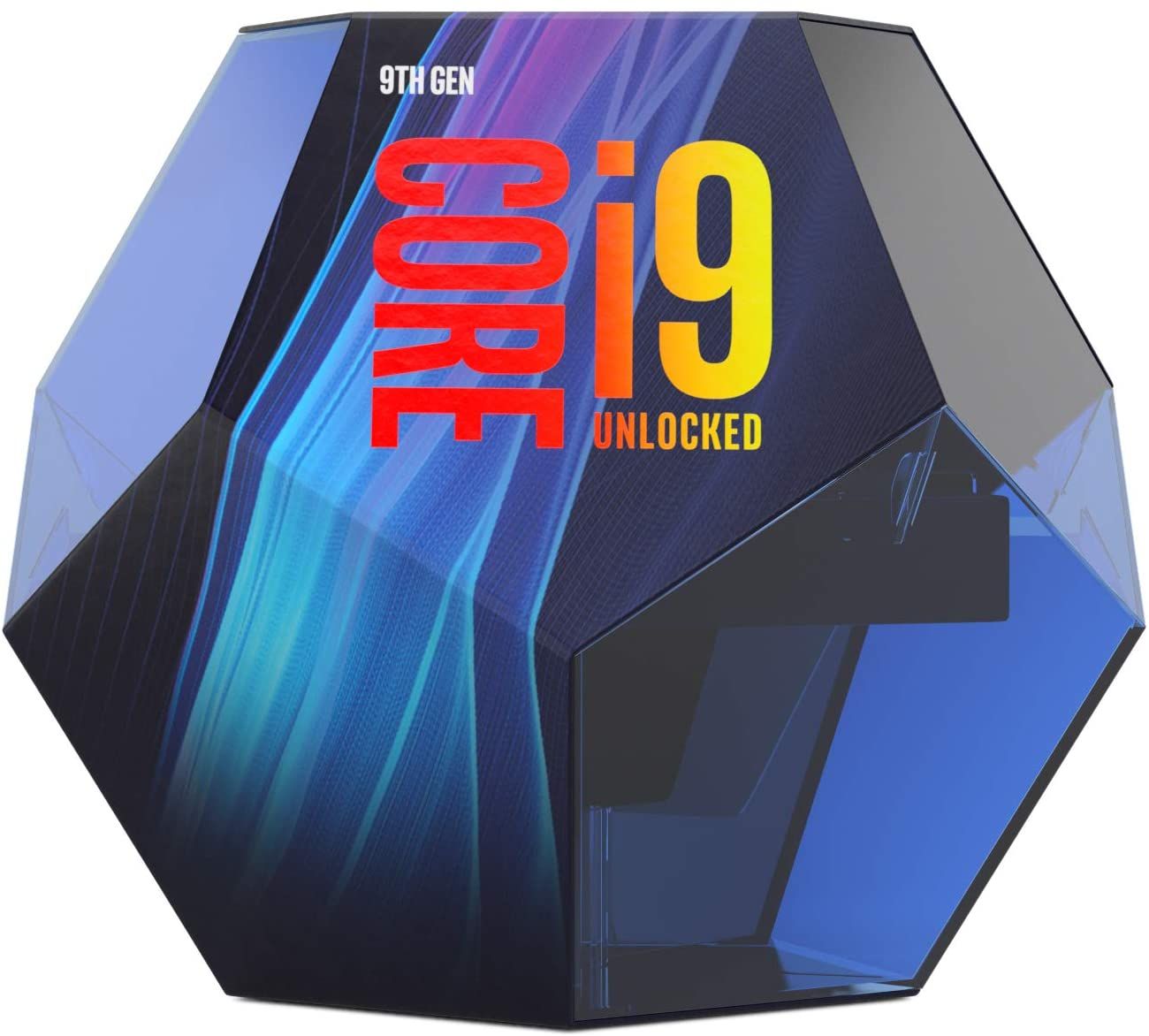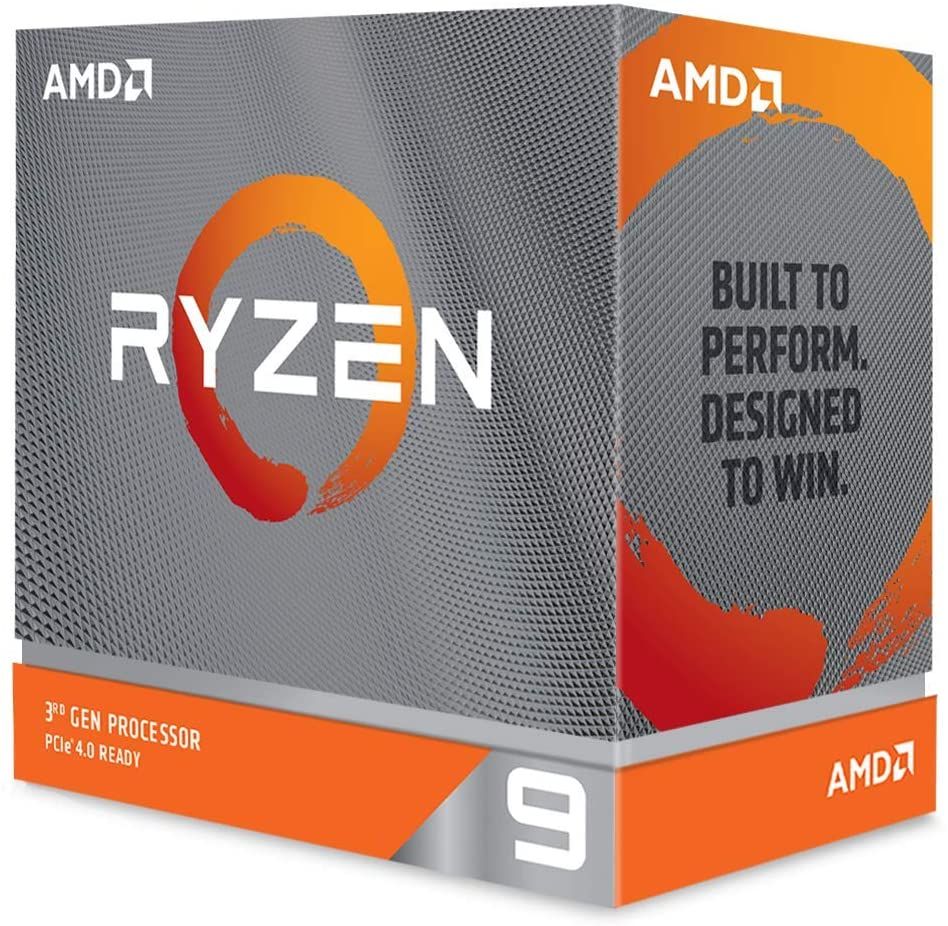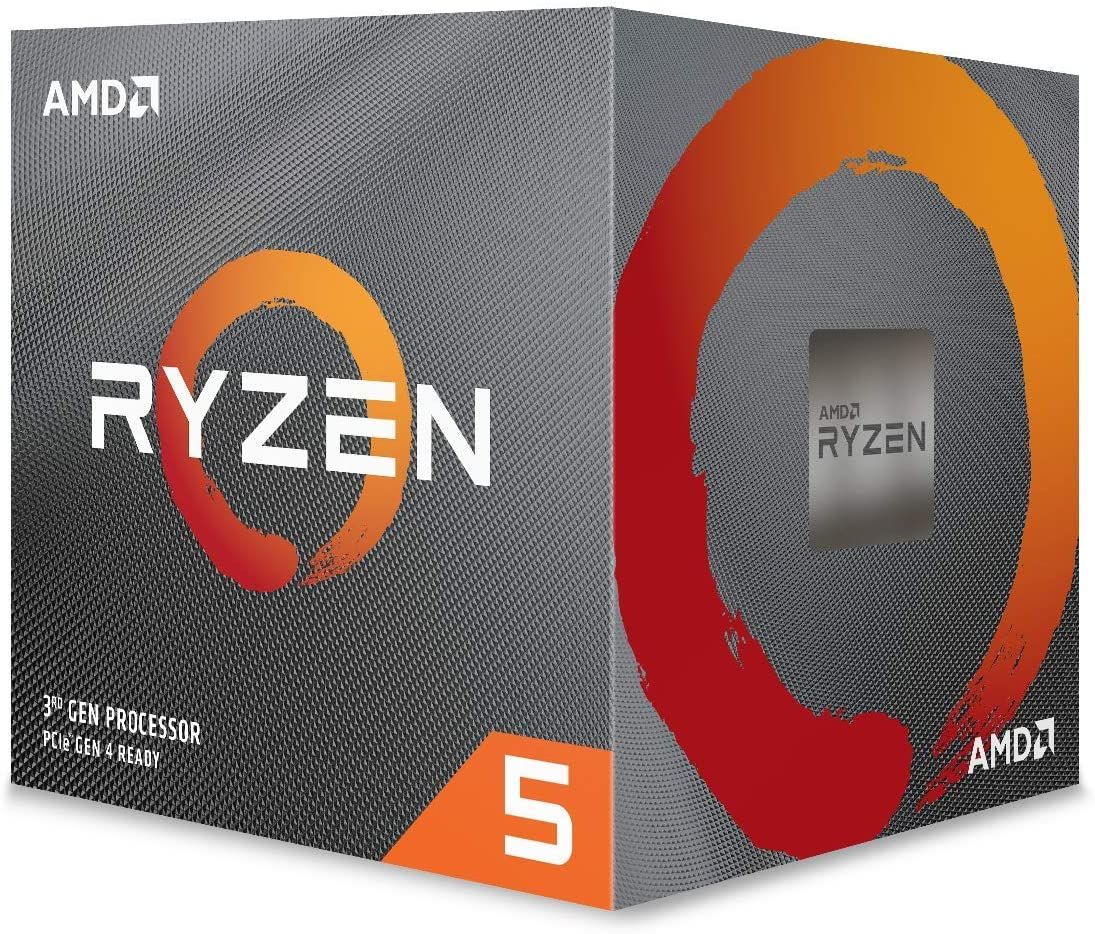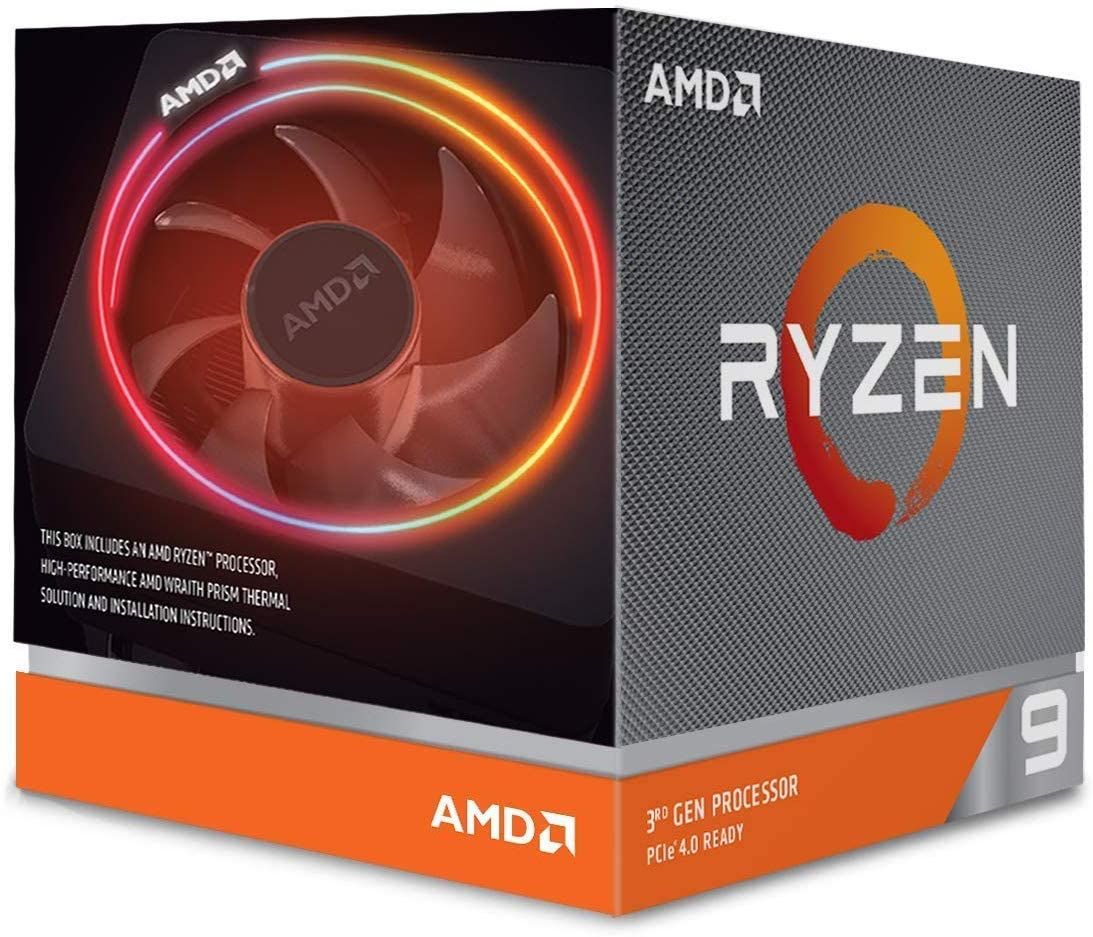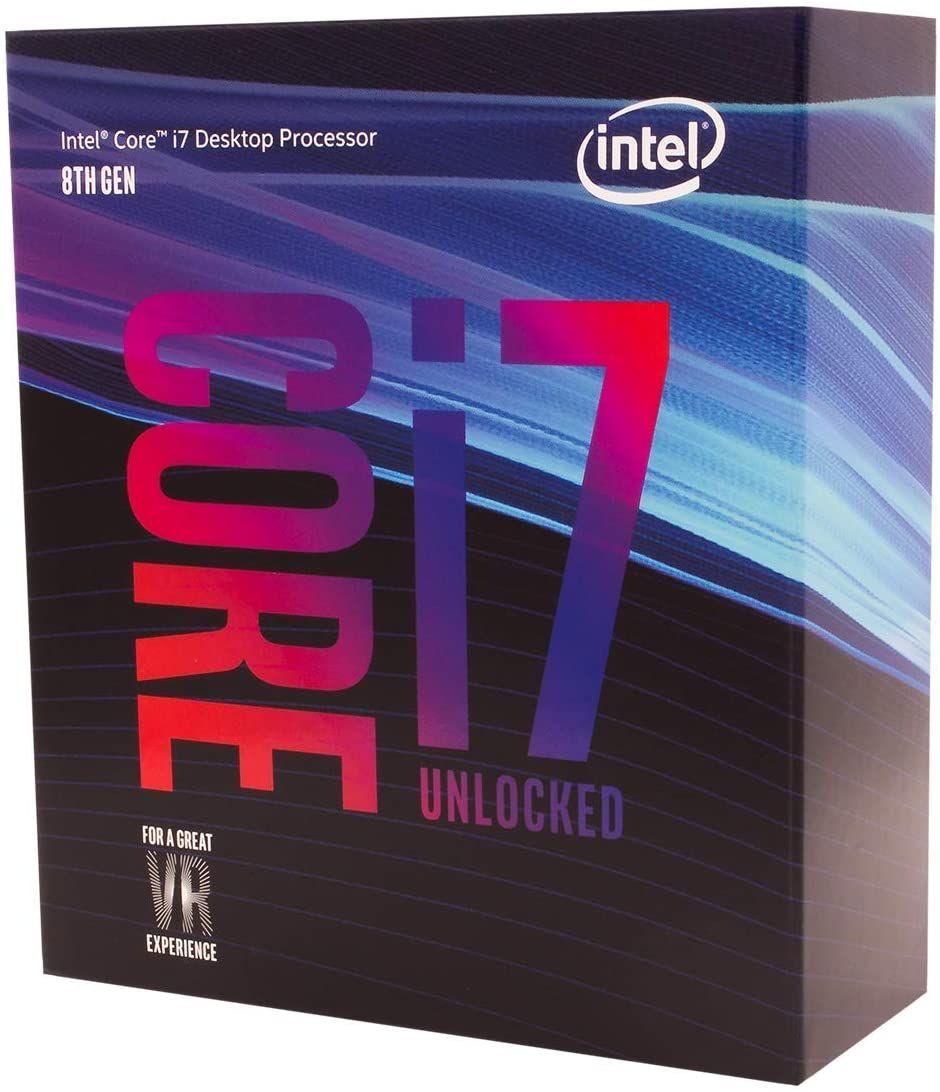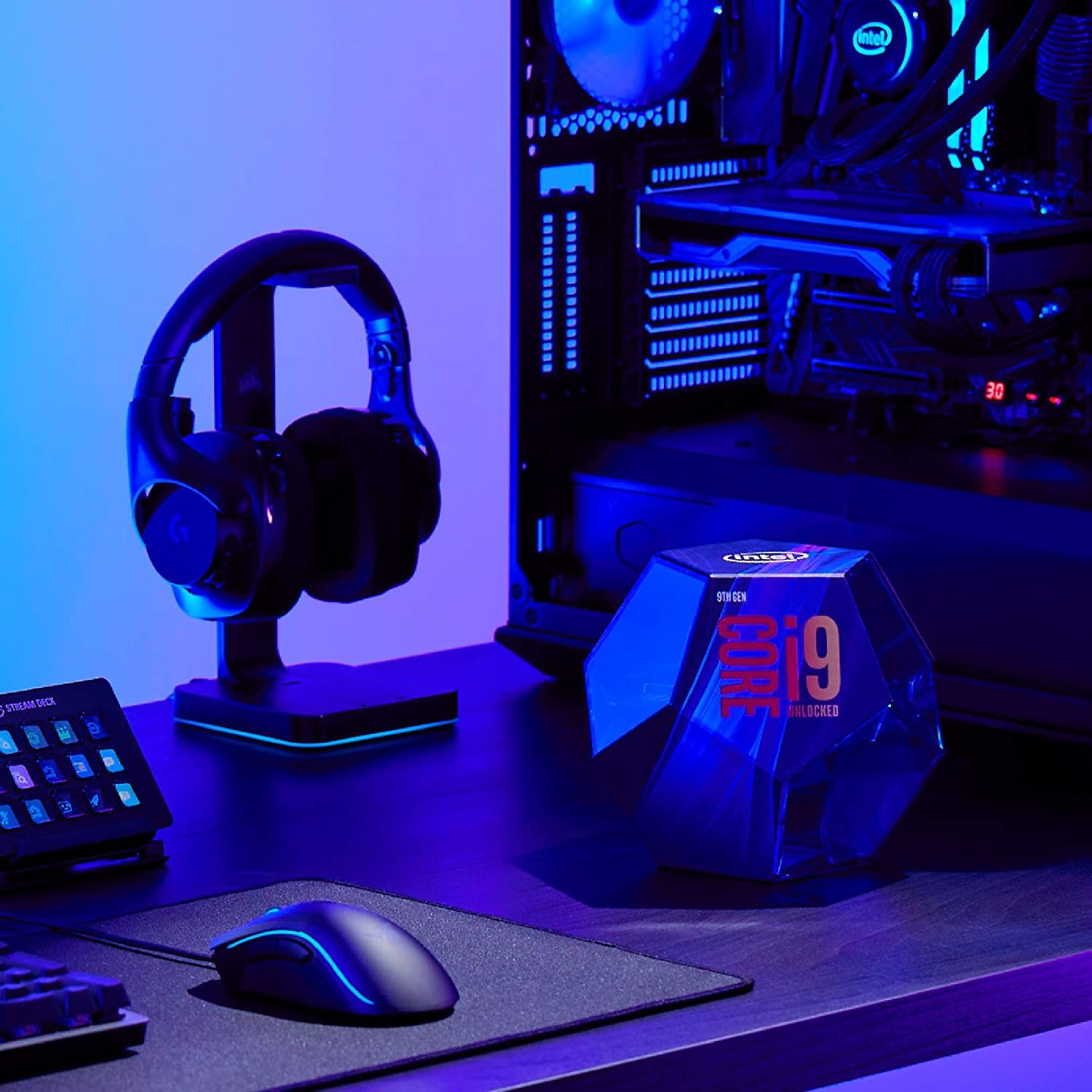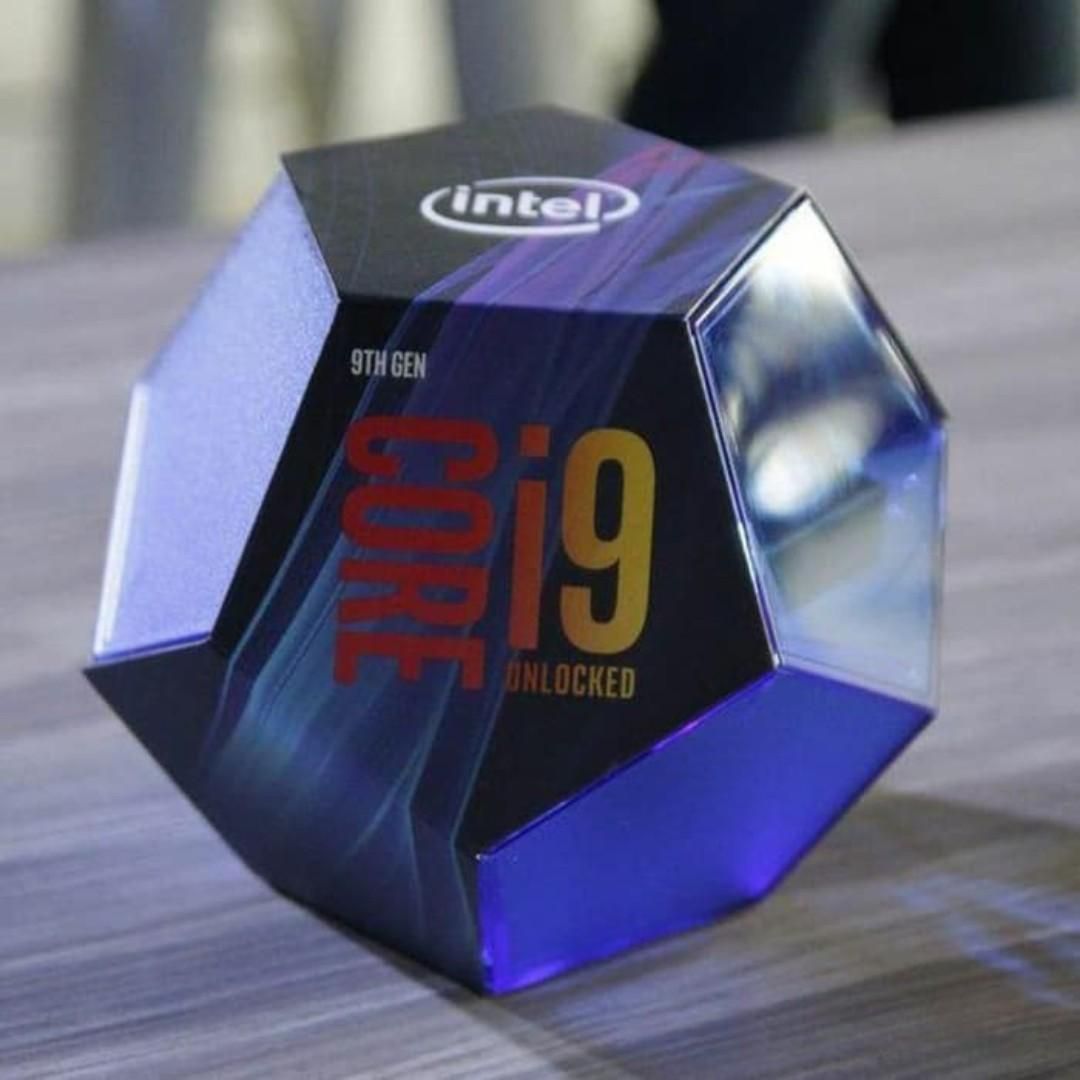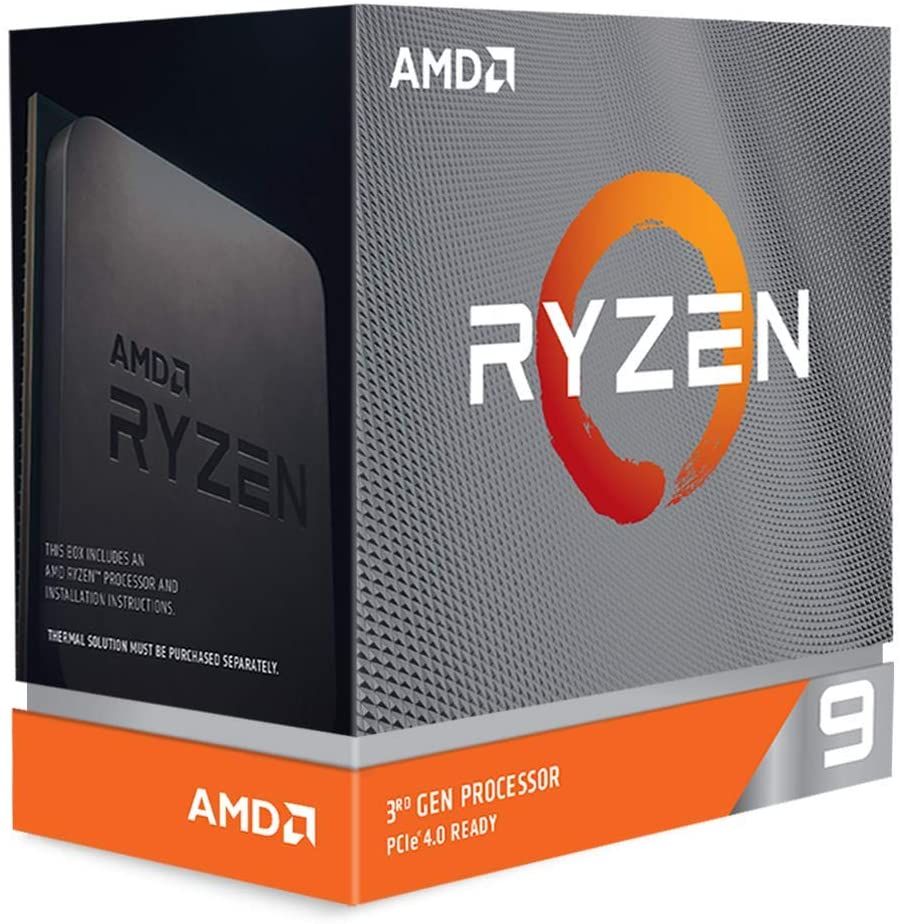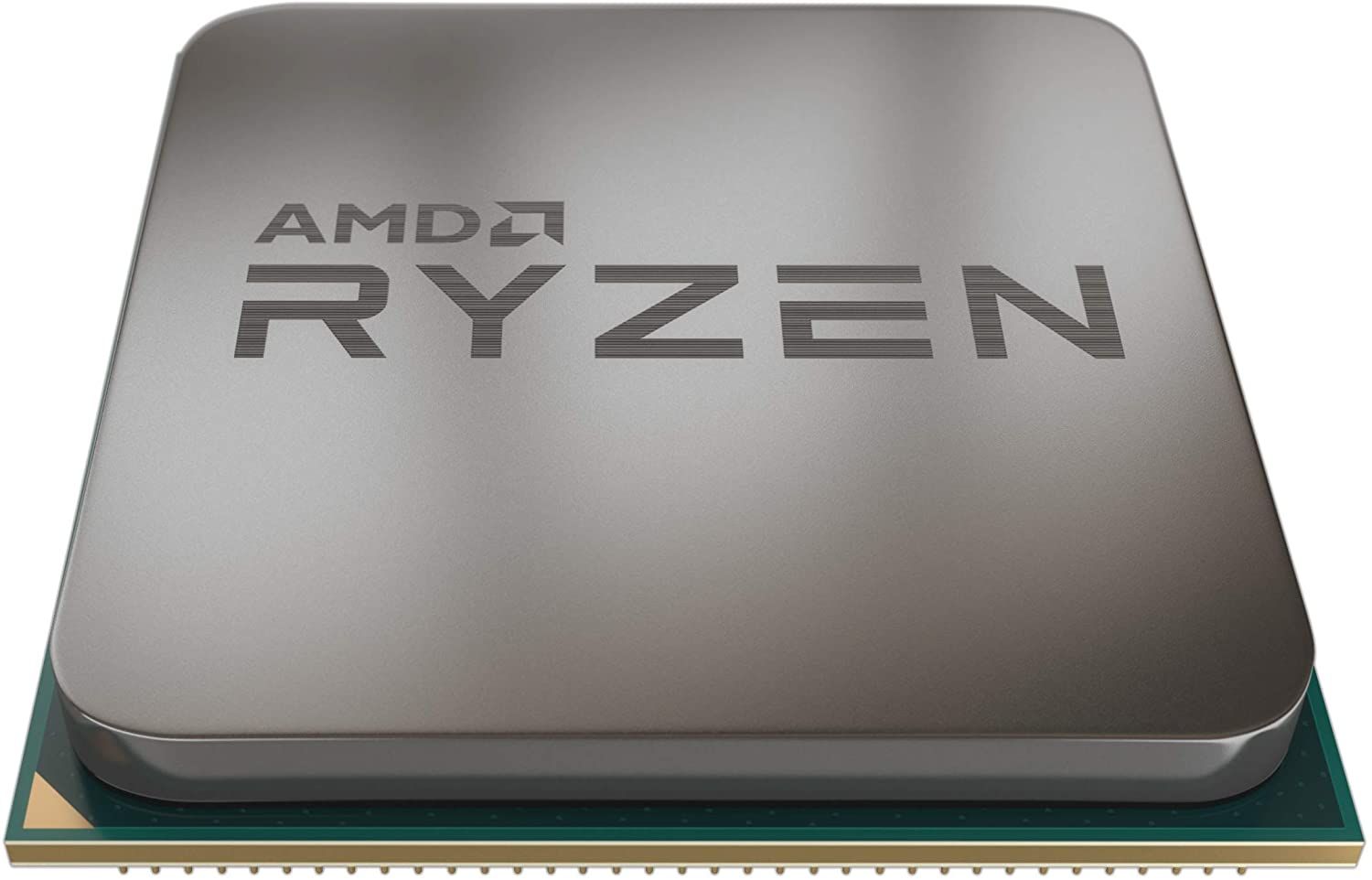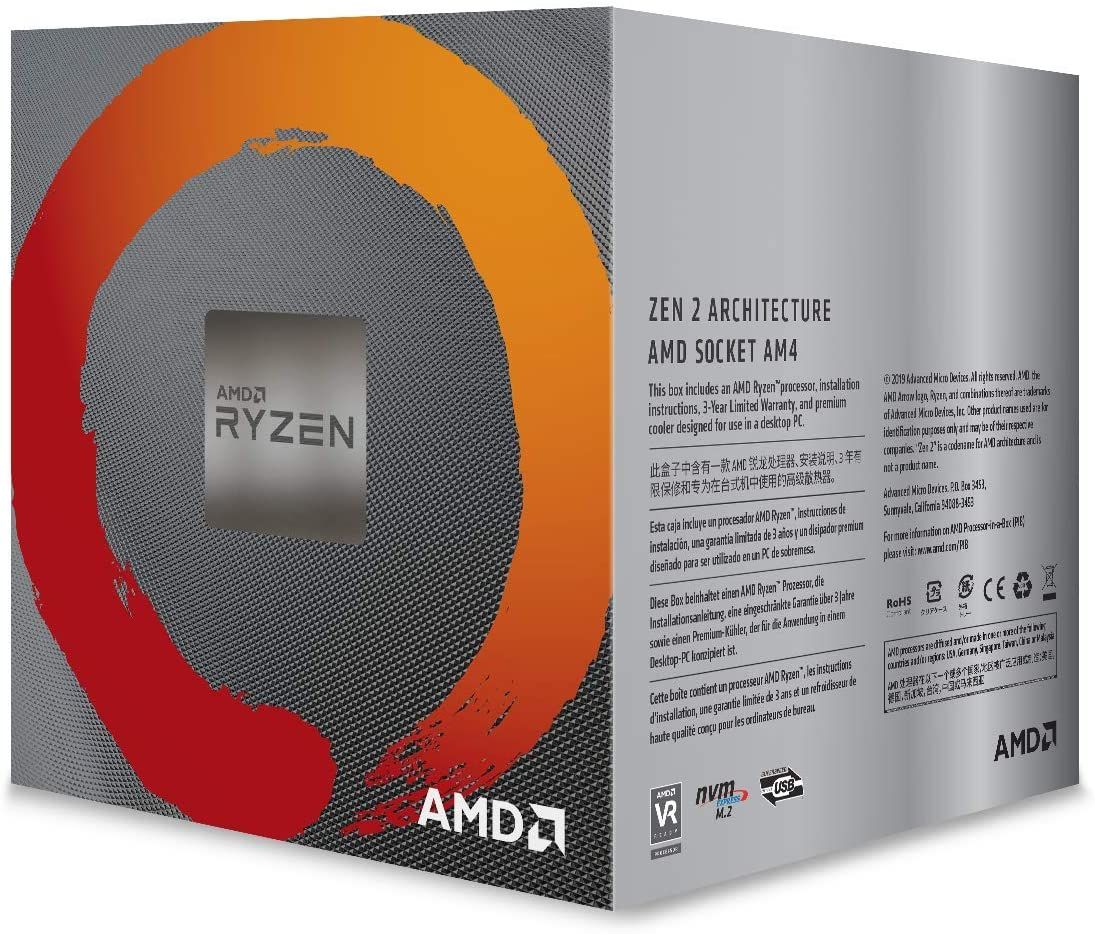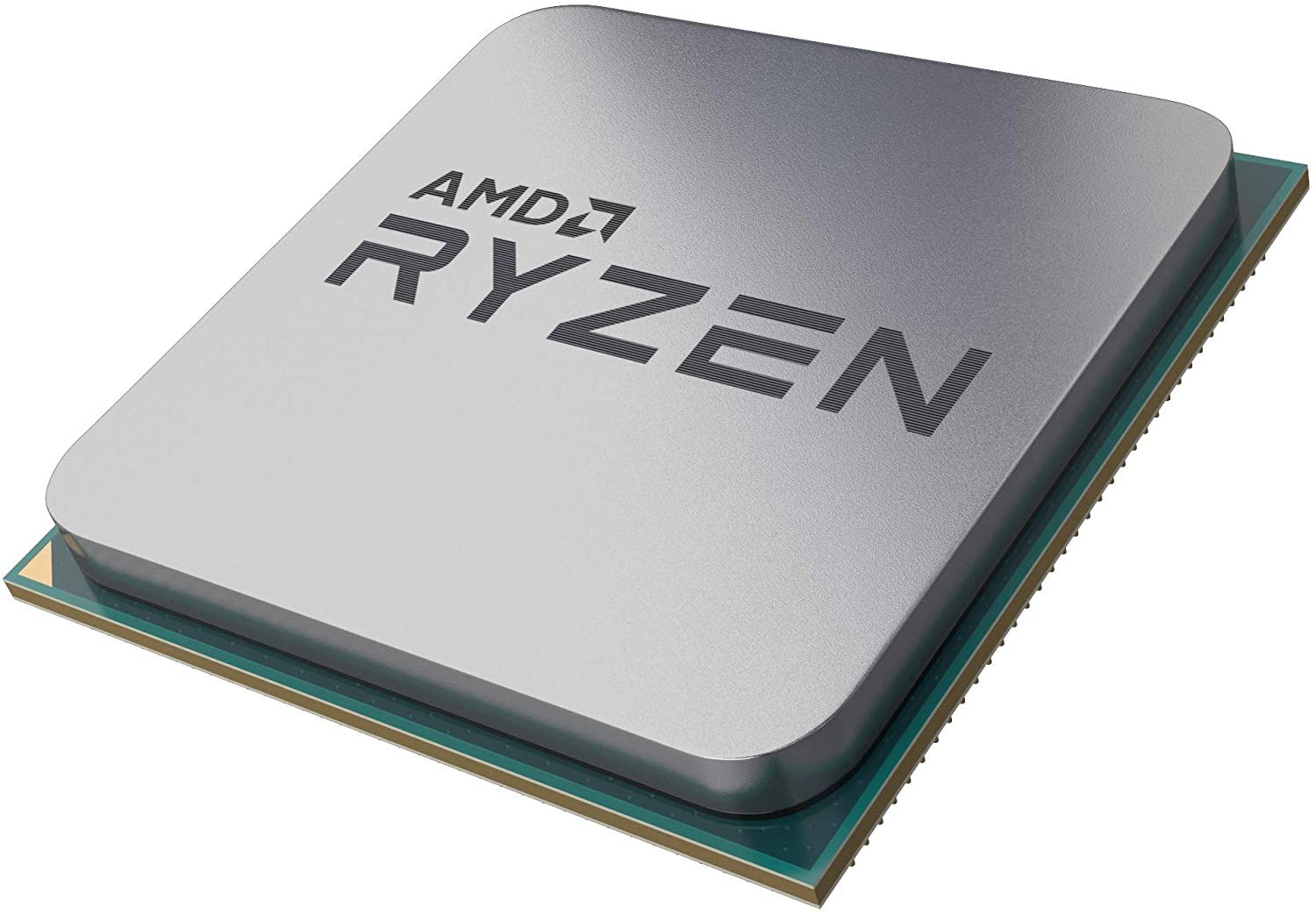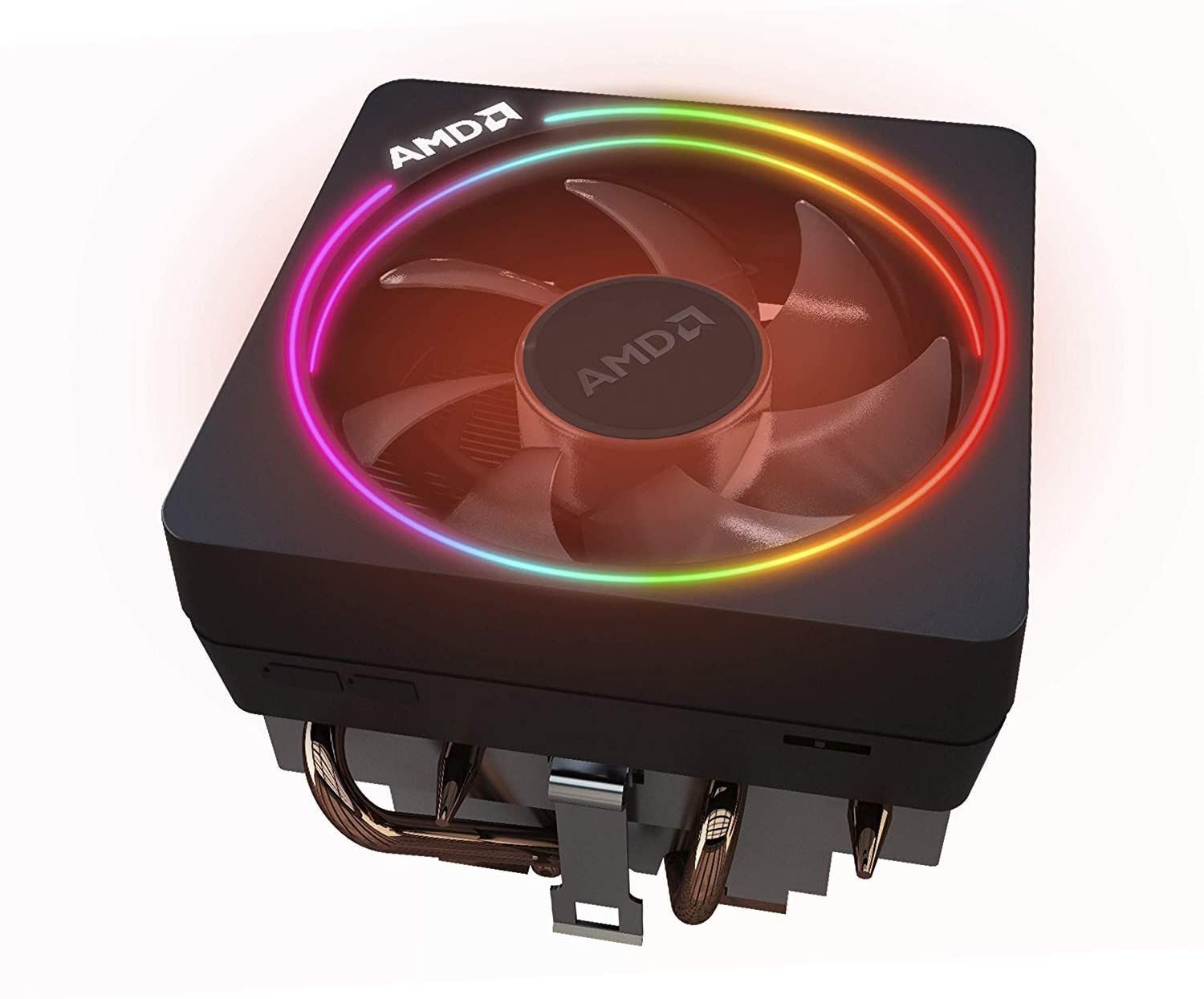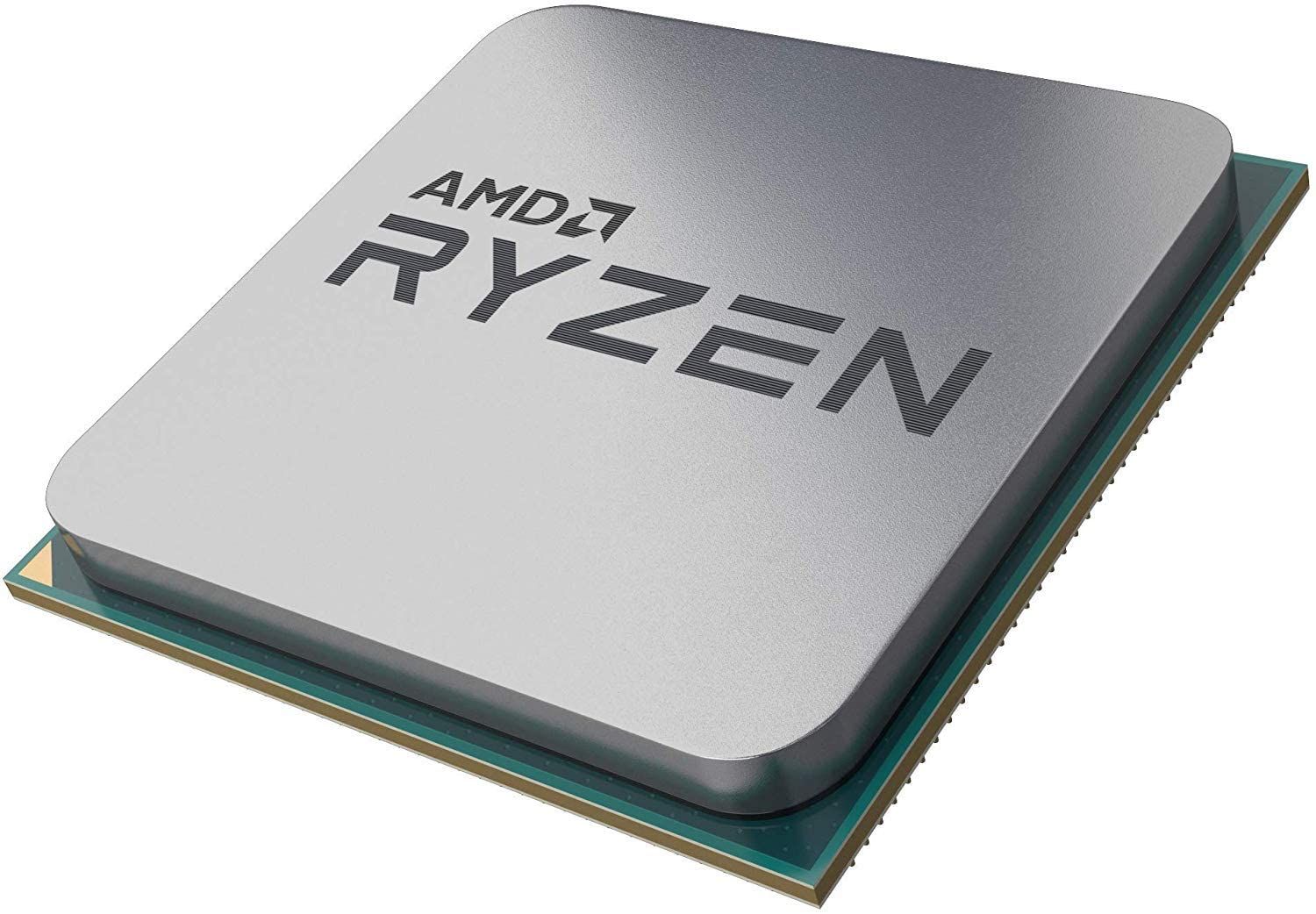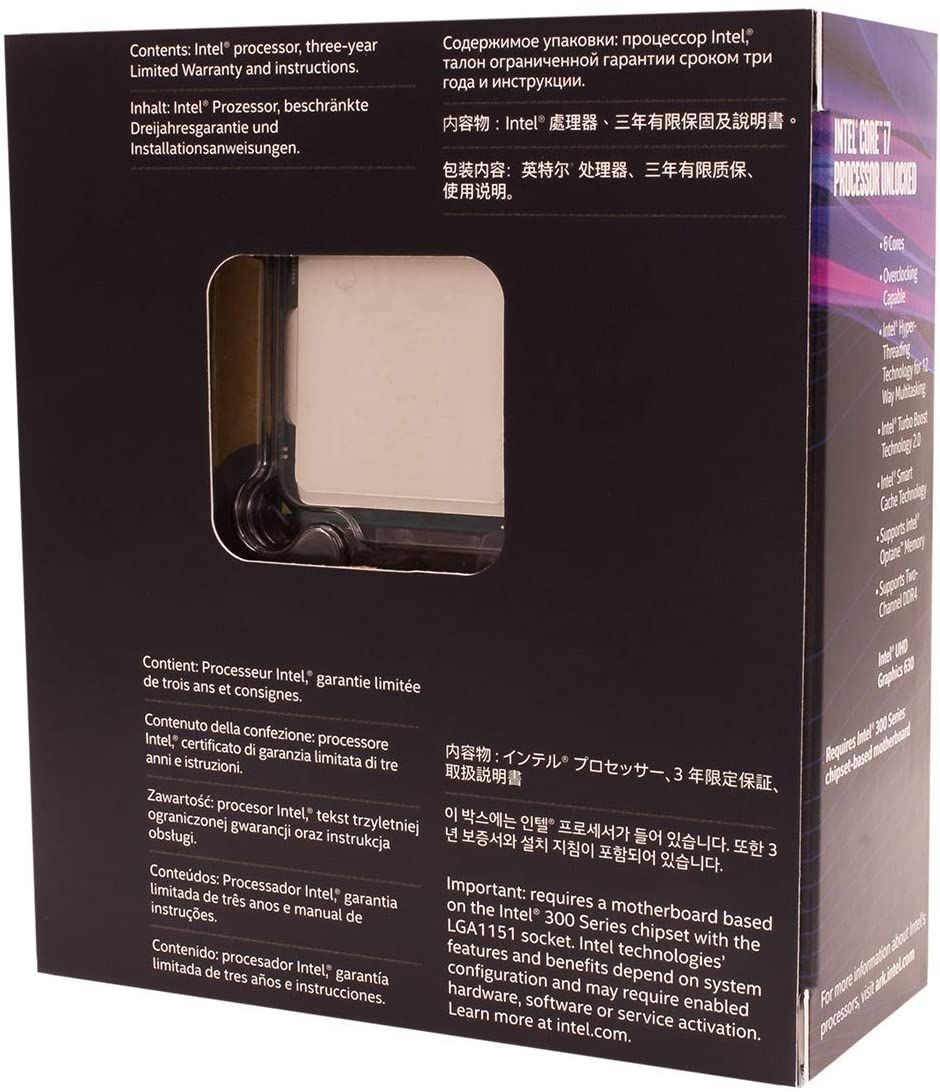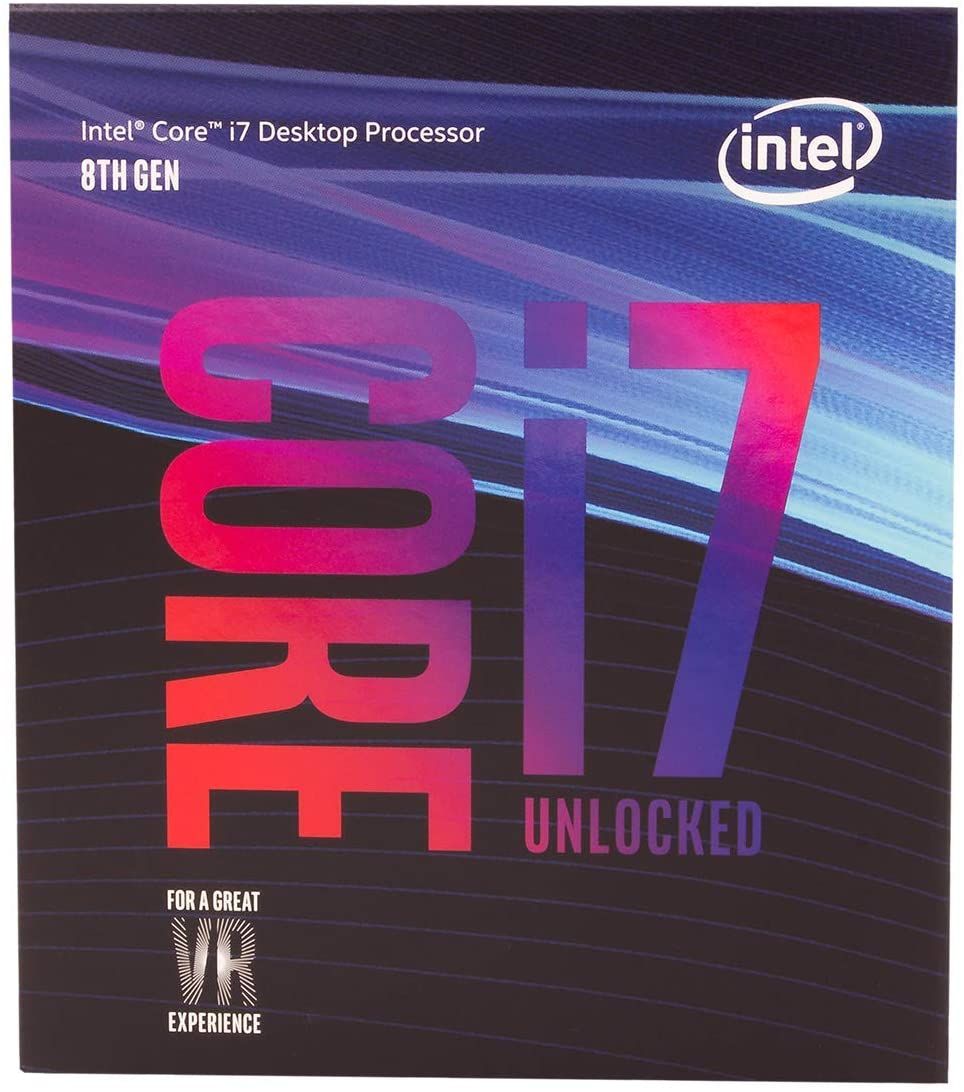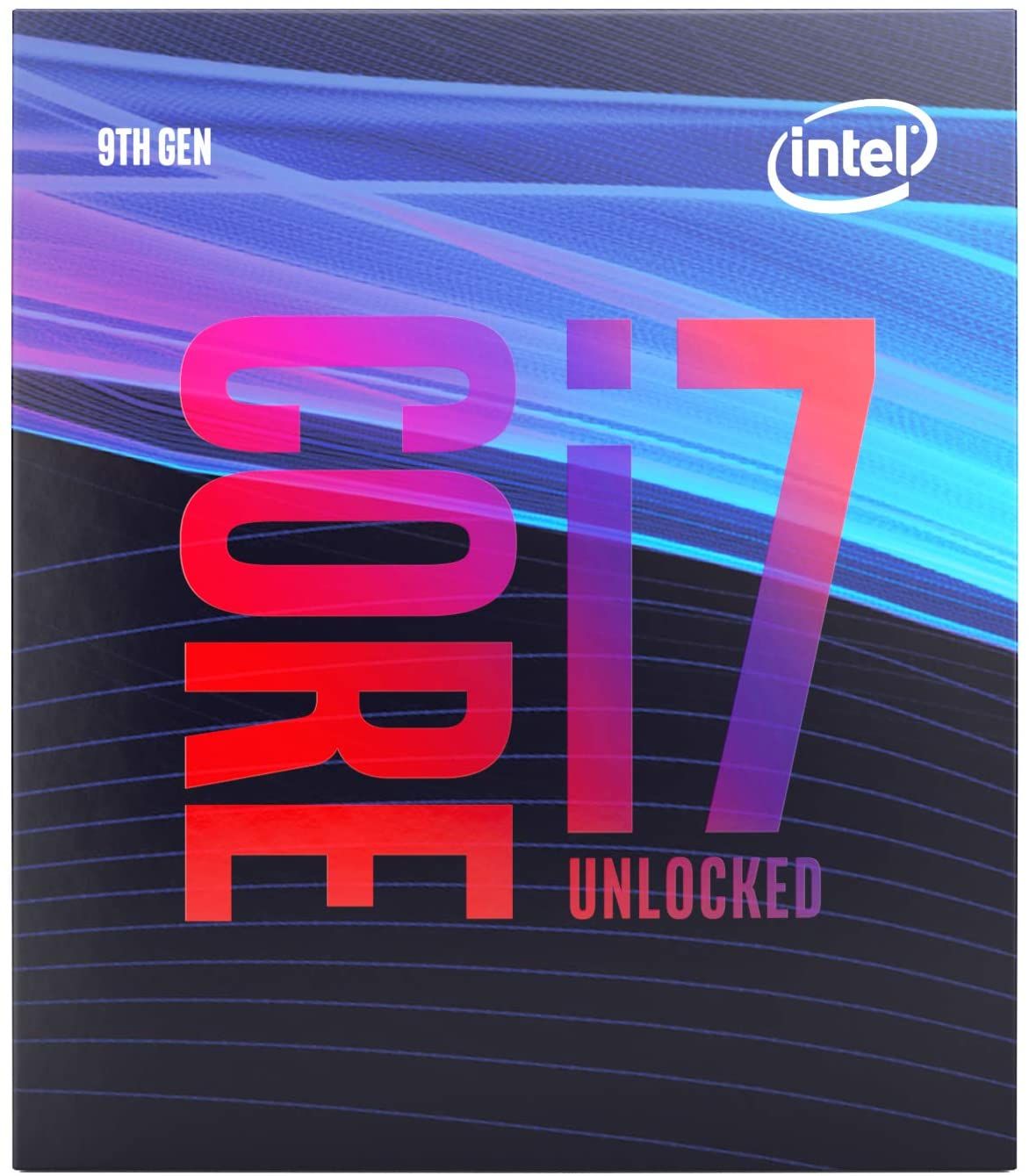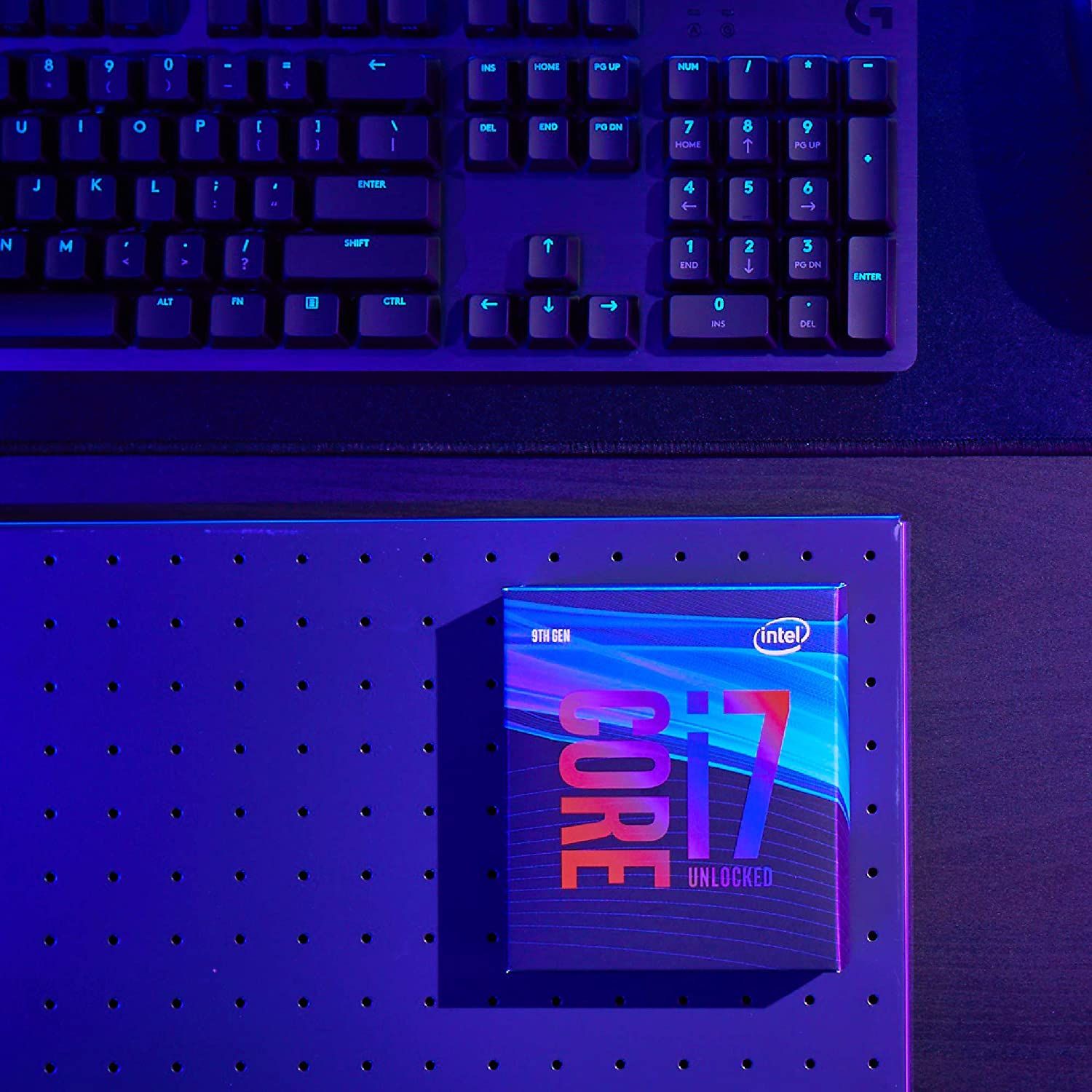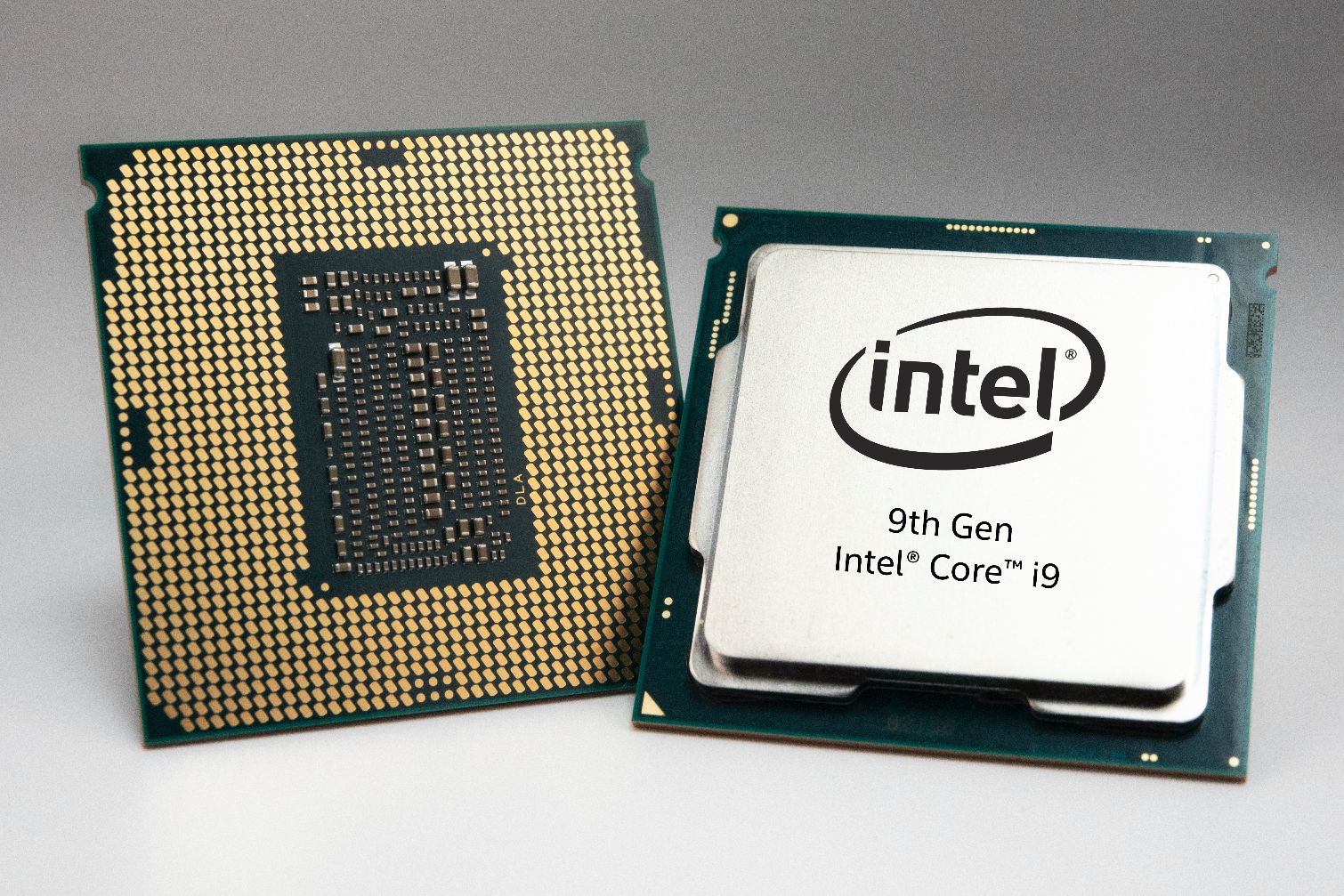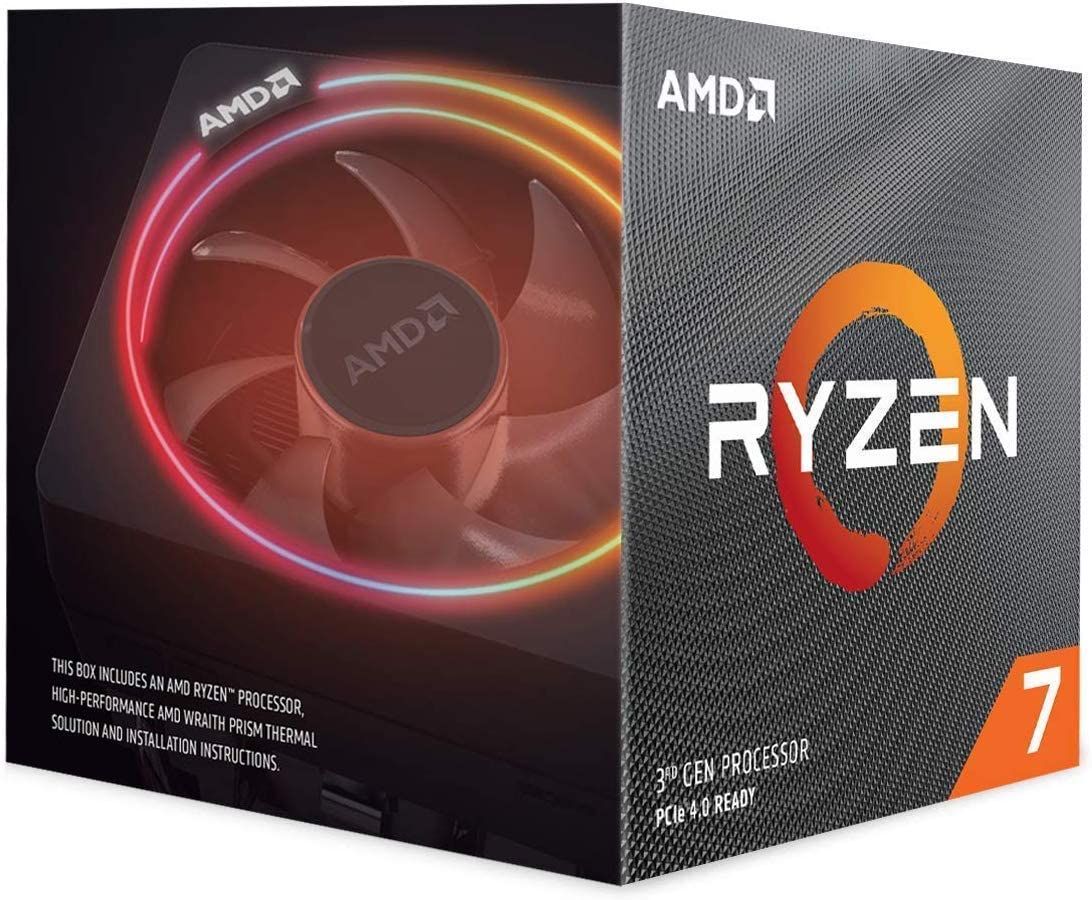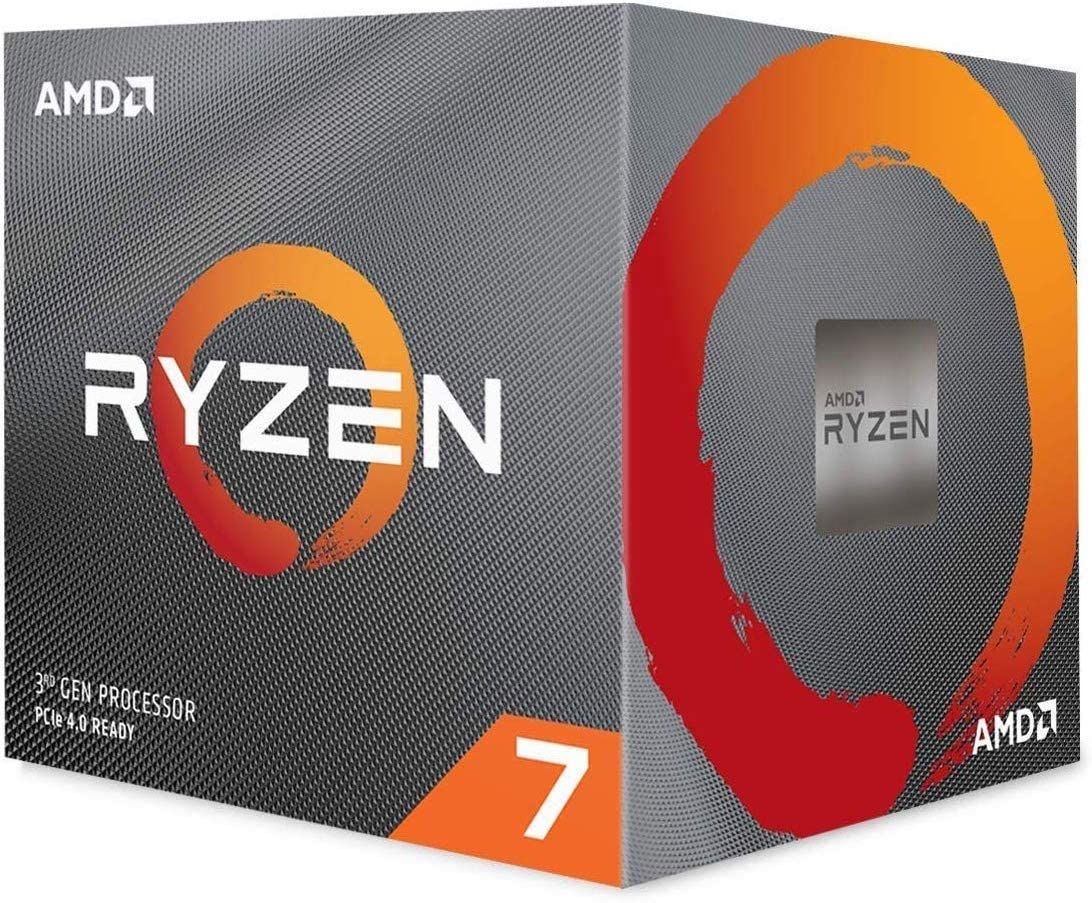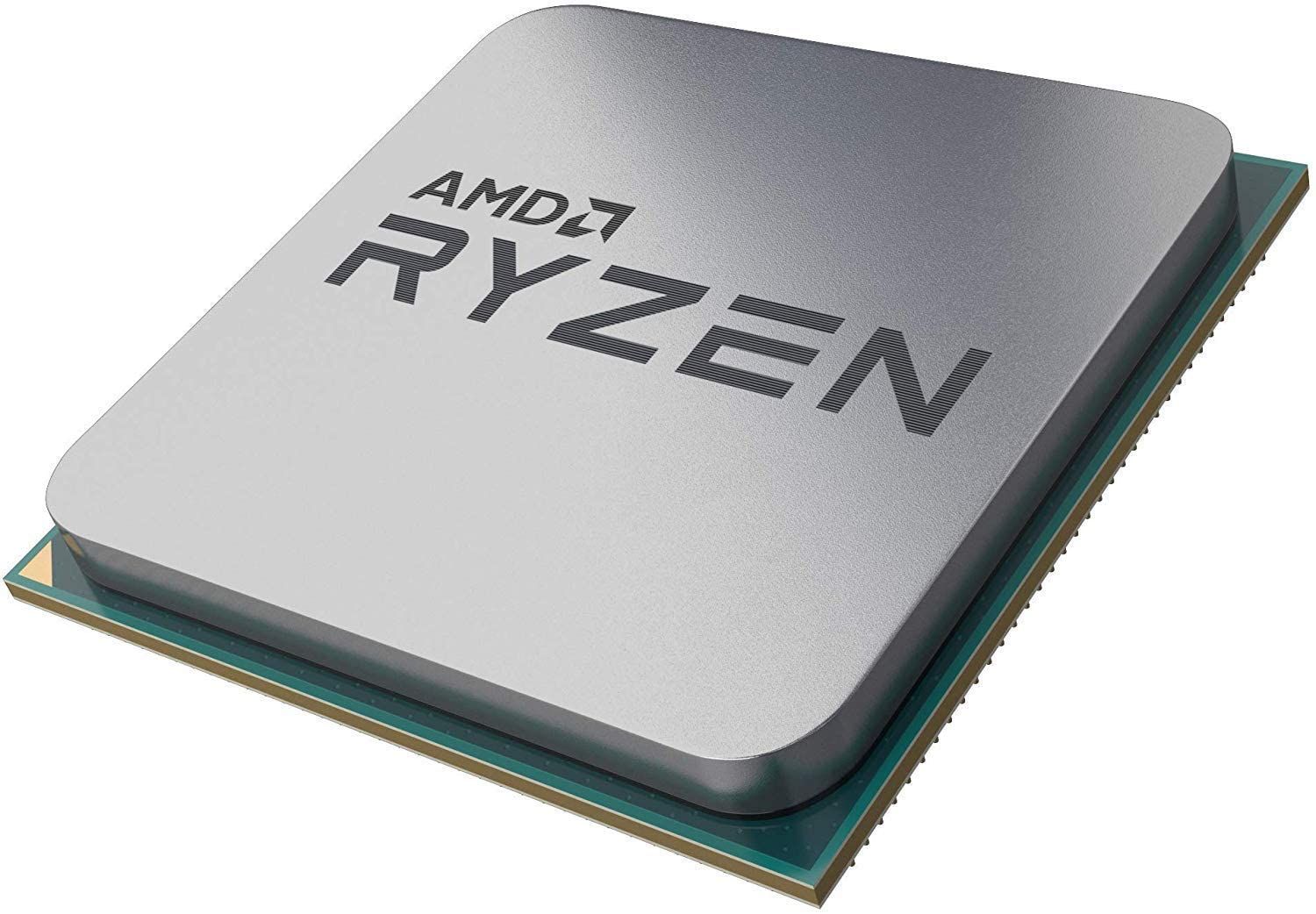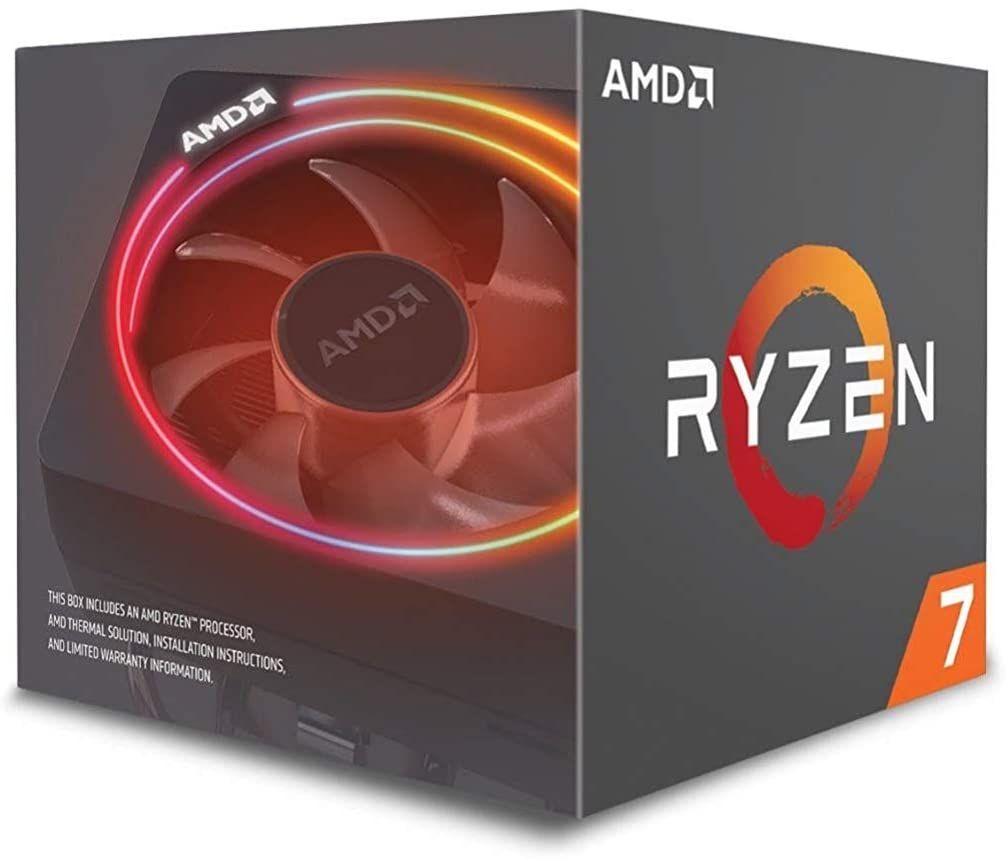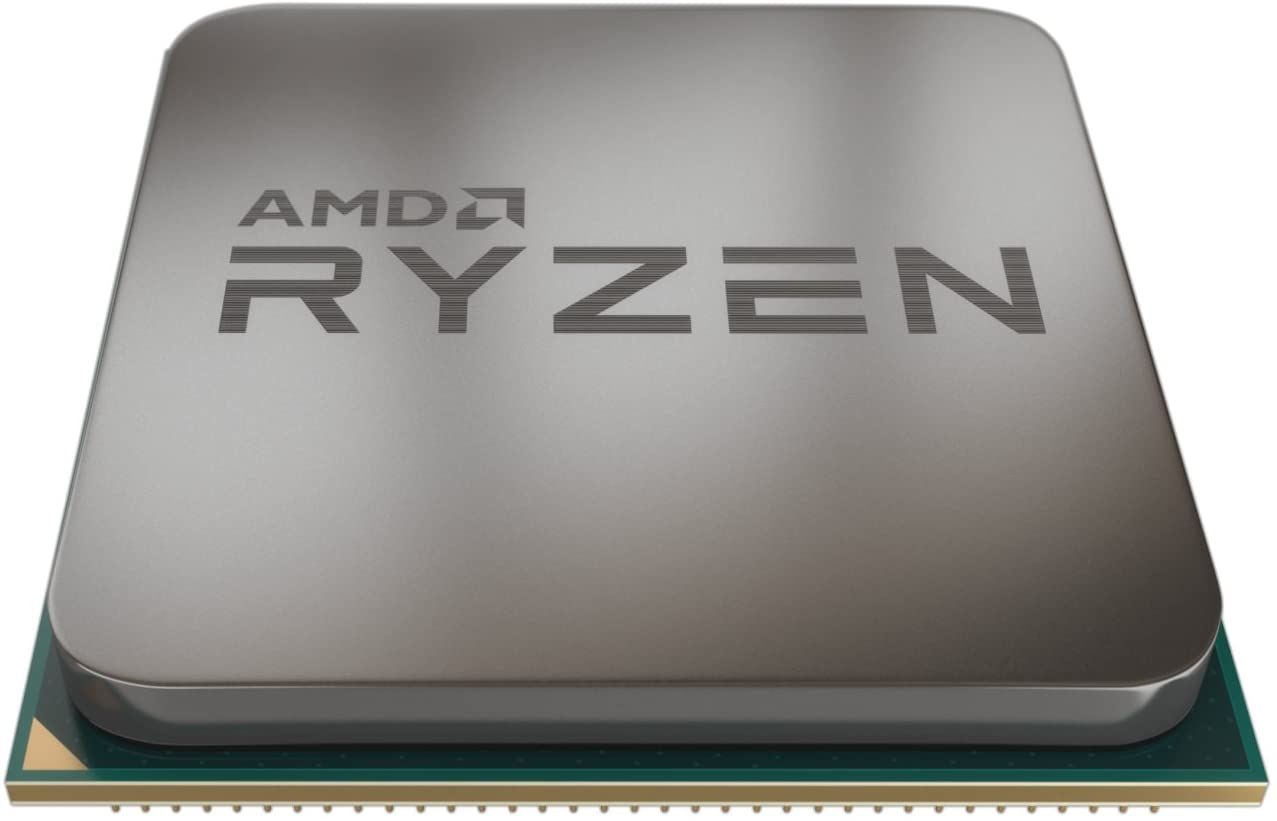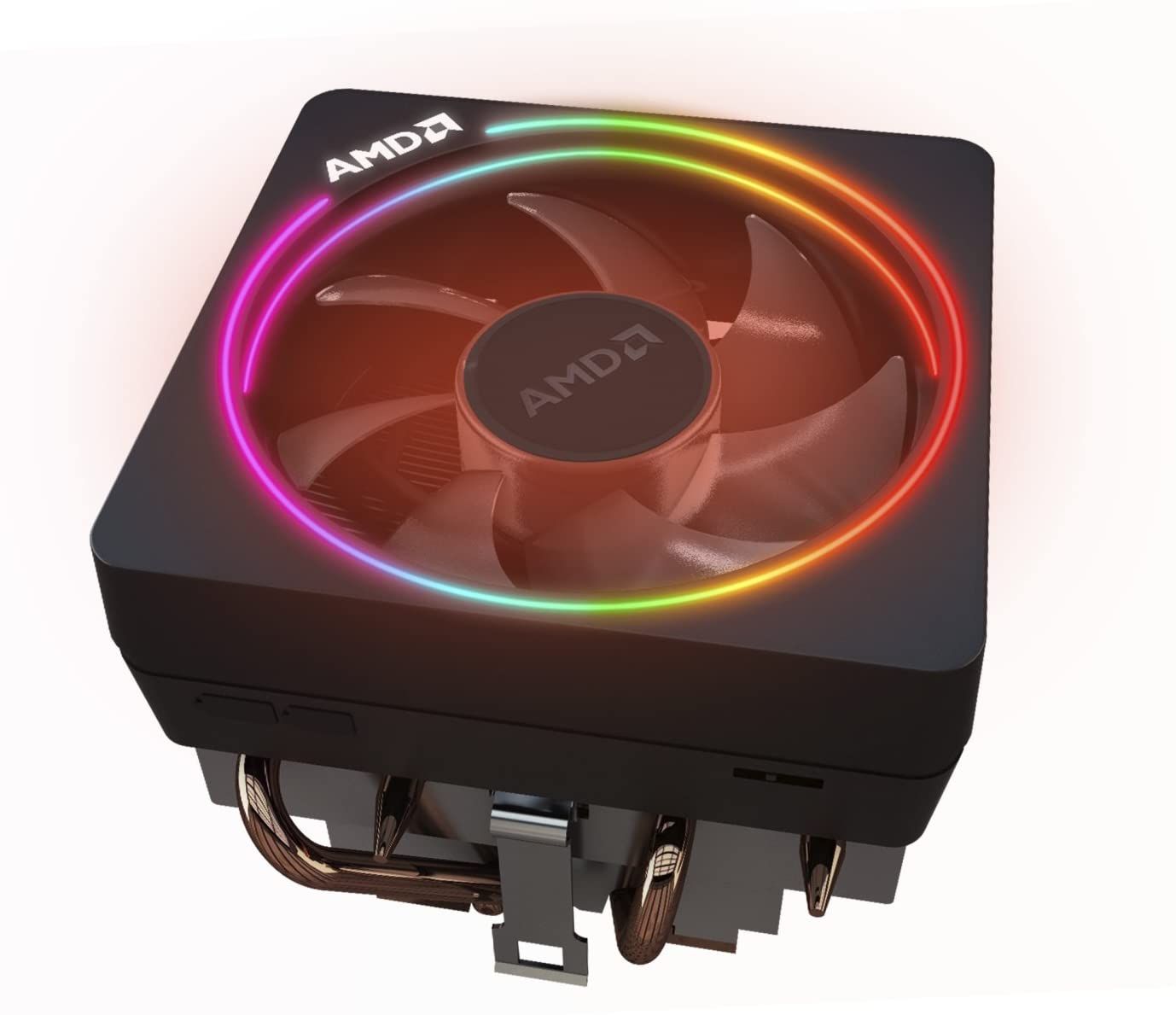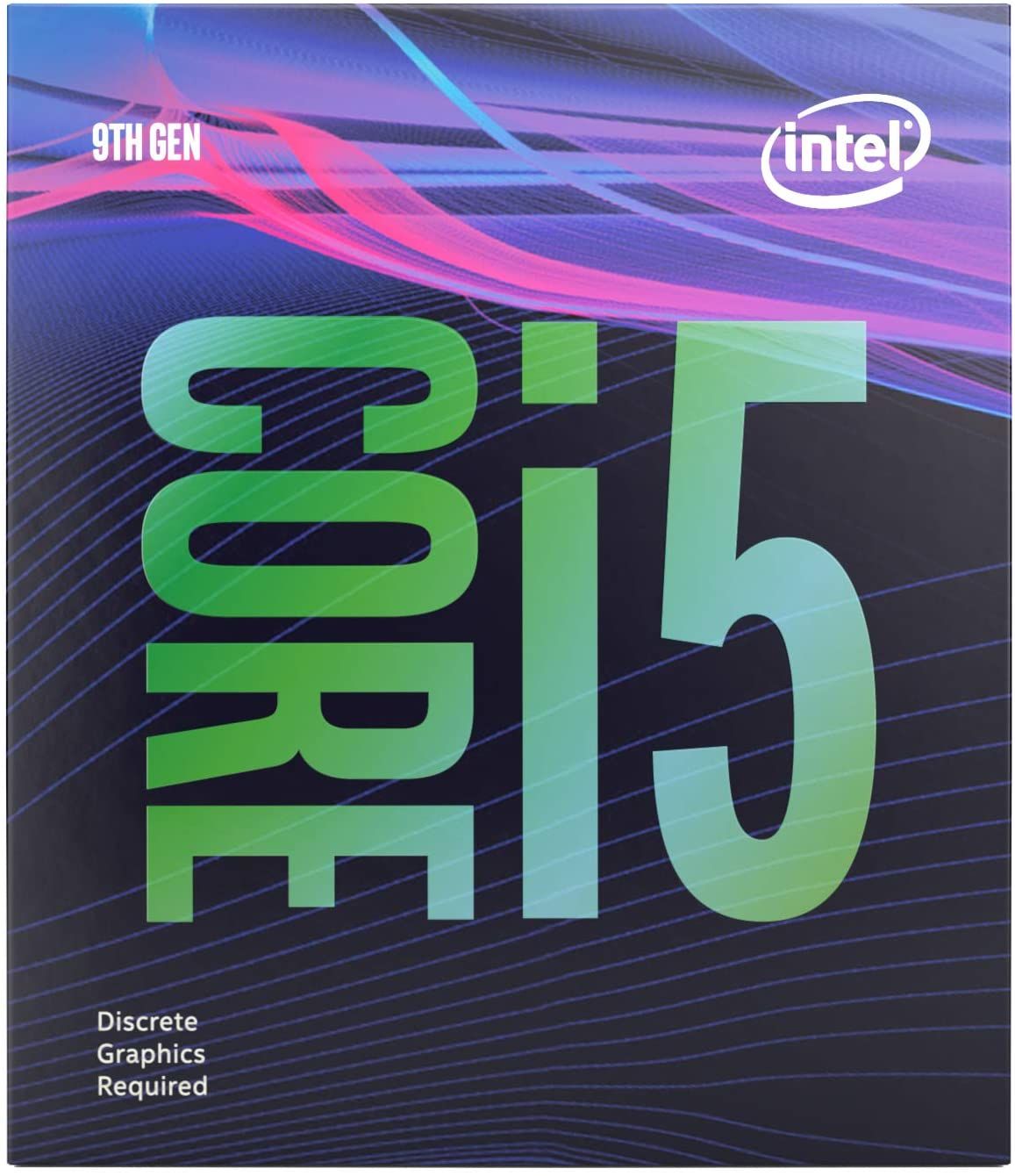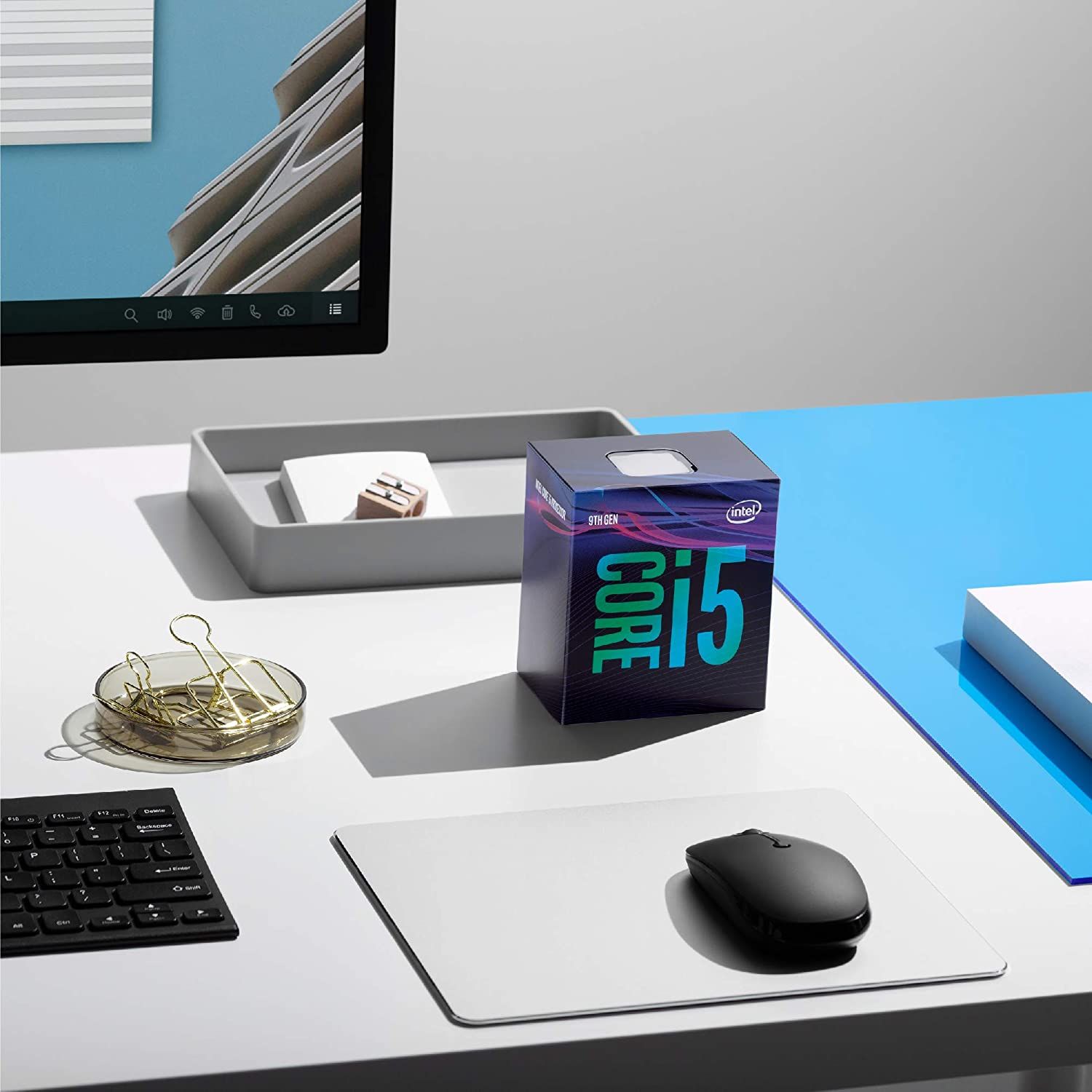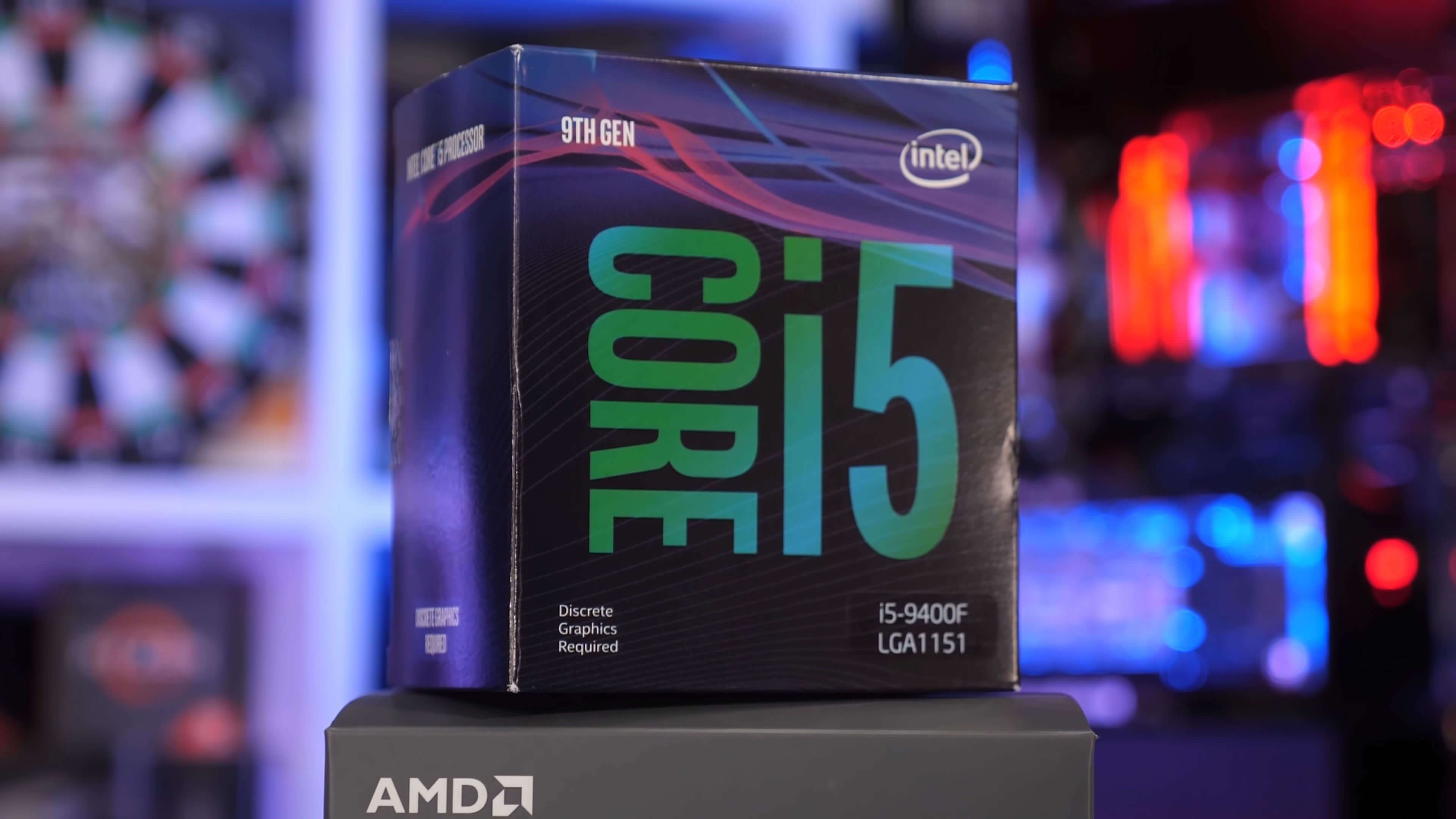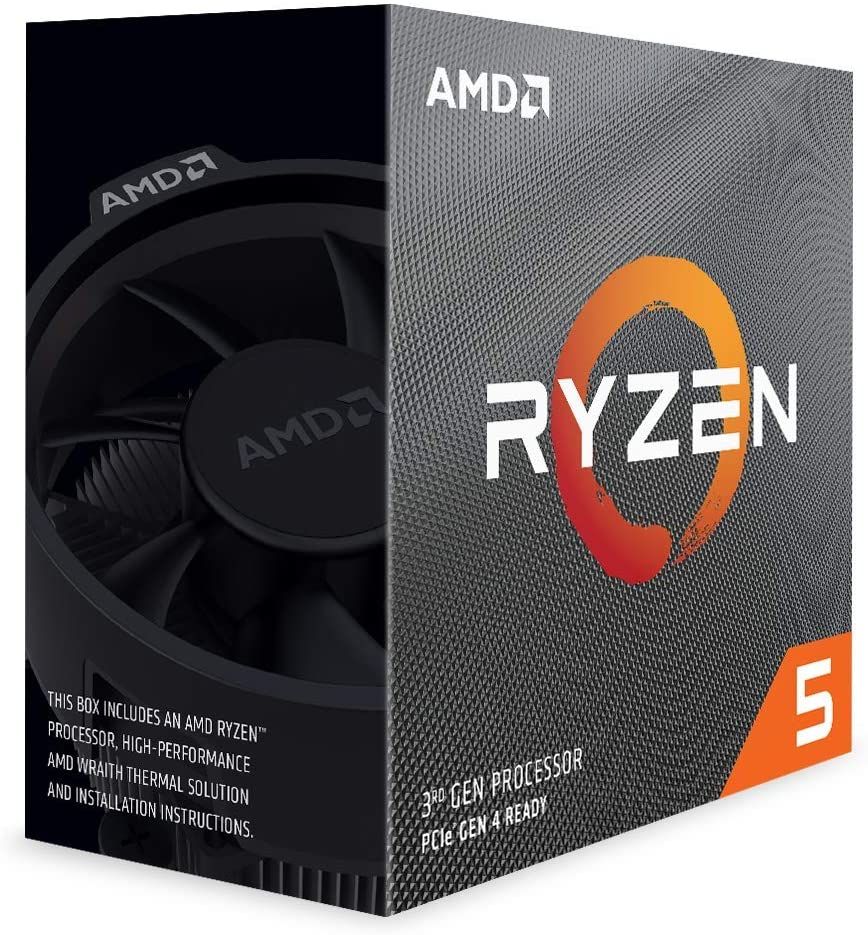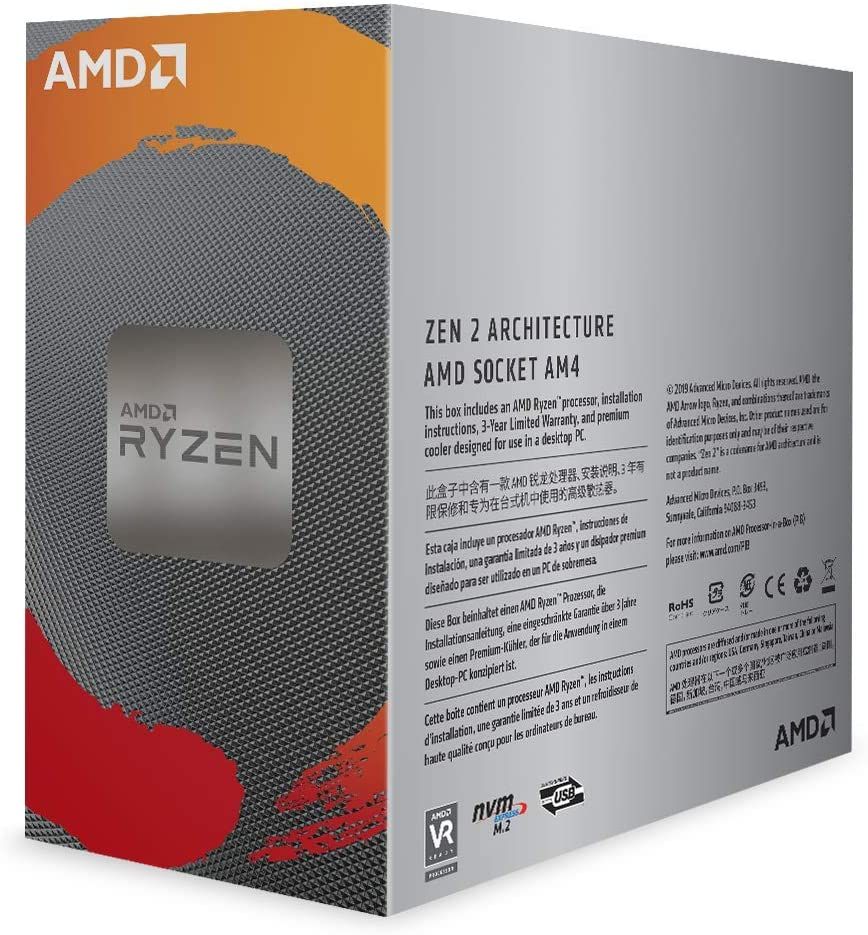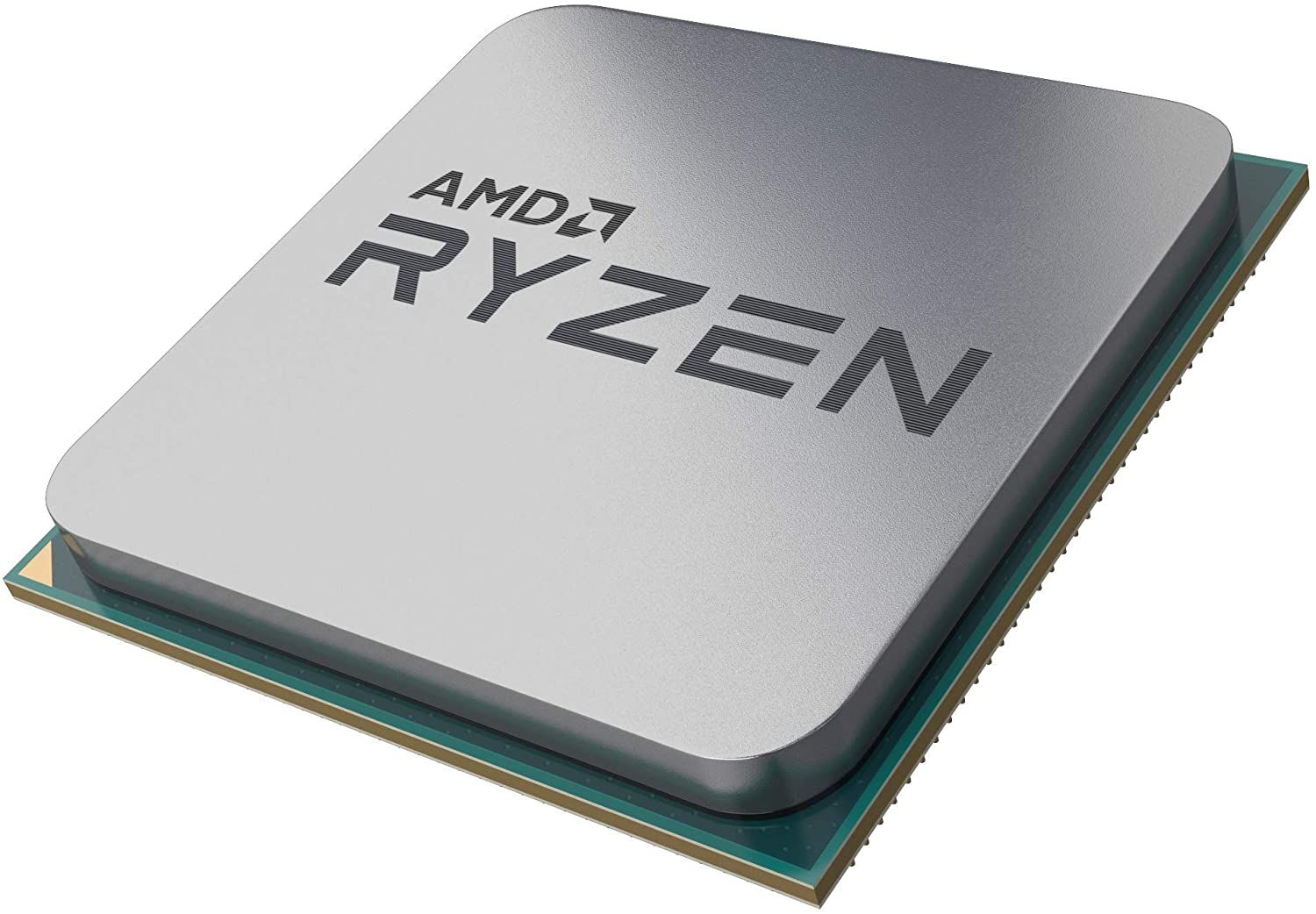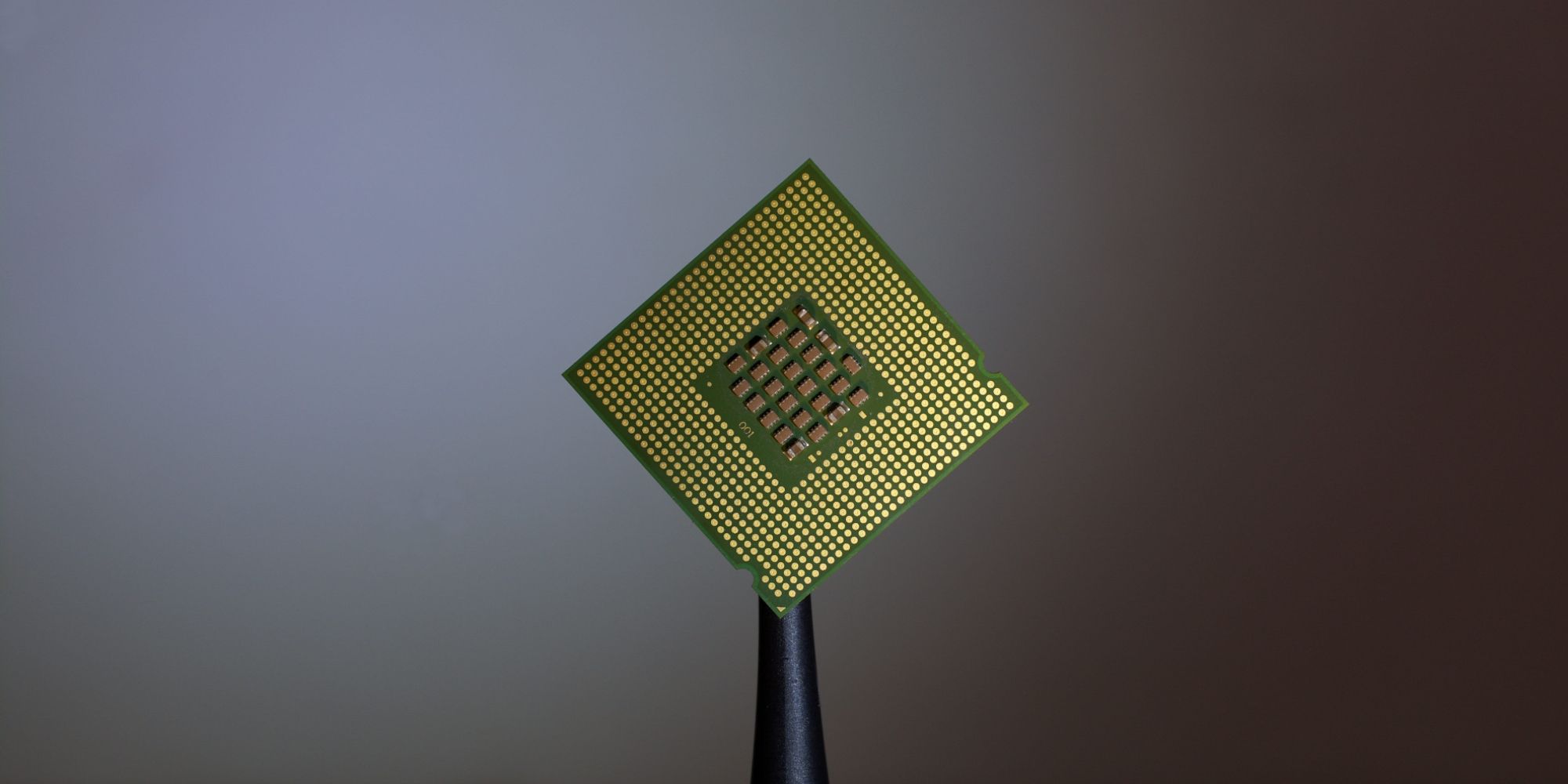- 9.90/10 1. Editors choice: Intel Core i9-9900K Desktop Processor
- 9.80/10 2. Premium pick: AMD Ryzen 9 3950X
- 8.95/10 3. Best value: AMD Ryzen 5 2600 Processor
- 9.70/10 4. AMD Ryzen 9 3900X
- 9.40/10 5. Intel Core i7-8700K
- 9.40/10 6. Intel Core i7-9700K Desktop Processor
- 9.25/10 7. AMD Ryzen 7 3700X 8-Core, 16 Thread Unlocked Desktop Processor
- 9.10/10 8. AMD Ryzen 7 2700X Processor
- 9.00/10 9. Intel Core i5-9400F Desktop Processor
- 9.00/10 10. AMD Ryzen 5 3600-6 Core, 12 Thread Unlocked Desktop Processor
Looking to fire up the performance of your gaming rig? If yes, then you need to add the best CPU for gaming to your arsenal. The good news is that gone are the days when gaming CPUs had sub-par features. With the competition between giants like AMD and Intel tightening with each wake, consumers seem to be benefiting the most as they now have an array of powerful gaming CPUs to select from and at pocket-friendly prices. However, with the diverse range of gaming hardware saturating the market means that you also have to wade through tons of mediocre products before you find the best. If this describes your current predicament, then you happen to be in good company. Below is a list of the best CPUs for gaming, as well as a few shopping tips to guide you through the buying process.
Companies producing desktop processors continue to outdo each other in a bid to maintain dominance in the industry. This is evident with Intel’s latest release, the Core i9-9900K Processor. It comes with a range of features that enhance your gaming experience, including performance-boosting Solder TIM, high frequencies, and more cores. What’s more, since it is part of Intel’s 9th generation Core CPUs, it features hardware-based mitigations for Foreshadow and Meltdown vulnerabilities, which reduce the performance impact of exploiting recently discovered features.
Moreover, it is fitted with a new K-series chip, usually manufactured on Intel’s 14nm++ node. This means it includes a sport unlocked ratio multiplier for easy overclocking, an integrated UHD 630 graphics engine, and support for dual-channel DDRD-2666 memory. The processor also comes with an increased RAM density thanks to its double memory capacity of up to 128GB.
Another feature that makes the Core i9-9900K outdo other mainstream desktop processors is the improved base frequency. It has 3.6 GHz and the improved thermal transfer efficiency between the heat spreader and die thanks to Solder Thermal Interface Material. This means there is more headroom for installing two more physical cores, and the processor can cope with higher overclocks. The improved heat dissipation facilitates the clock rate as the i9-9900K can stretch up to 5.0 GHz.
Also, the 9900K’s chipset has eight cores and 16 threads that can fit into the new Z390 and the older Z370 motherboards. The processor is also among the first to include a 5GHz Turbo clock out-of-the-box outdoing the Core i7-8086K.
- 8 cores and 16 threads
- Frequency of 3.6-5 GHz
- UHD 630 graphics engine
- Optane Memory Supported
- Impressive gaming performance
- Fast clock speed
- Best for single and multi-threaded workloads
- Needs powerful cooler
If looking for a high-end desktop, AMD’s Ryzen 9 3950X will not disappoint you. With more cores, higher clock speeds, and more threads, you can use this processor to perform professional high compute work. What stands out about the Ryzen 9 3950 CPU is the additional cores, precisely 33% more cores than its predecessor, the 3900X. This means you can easily perform workloads of video editing tasks and other operations that need a 32-thread processor.
Architecturally, the processor mimics its predecessor as it still has two 8-core chipsets. This means it comes with two CPU sockets providing a host of benefits, including two separate sets of cache memory, a massive amount of PCI lanes, and two sets of RAM slots. Additionally, the processor comes with a cIOD for storing memory controllers and other functions related to one or two CCDs. As such, users hardly experience latency problems that occur in 6-core and 8-core offerings.
Another feature that makes this particular CPU stand out is the integration of AMD Generic Encapsulated Software Architecture on this processor’s motherboard software. The microcode enhances Ryzen’s 9 3950 ability to handle functions such as memory training.
- 16 cores & 32 threads
- 72 MB Game cache
- 4.7 GHz max boost
- Supports PCIe 4.0
- Compatible with x570 motherboards
- Extremely fast
- Additional PCIe lanes suitable for HEDT users
- Not suitable for PC gamers
If you are looking for something better than the AMD Ryzen 5 1600 but can't afford anything in the AMDs X-series yet, then the AMD Ryzen 5 2600 is your best bet. It is one of the most affordable in the 2nd generation Ryzen Processors, and as you'd expect, packs a pretty punch.
It employs an unlocked six-core and 12 thread composition, which means it executes two threads per core. This is a direct nod to its expensive brother in the X class, a feature that gives it a distinct competitive edge.
It has a base clock of 3.4GHz and a maximum boost of 3.9GHz, which translates to a total clock speed of 3.9GHz. This means if need be, the Ryzen 5 2600 cannot only be overclocked but can also push its cores past its 3.9GHz limit for maximum performance. It has a 65W Stealth Cooler combination which even though lower than the 95W in its predecessor, is perfect if you are looking to keep things compact. Besides, featuring a copper core and aluminum build, the Wraith Stealth heatsink does a pretty good job at keeping things cool and quiet.
As with any other processor in AMD's 2000-series, the Ryzen 5 2600 is also compatible with all the 300-series motherboards. It is equipped with AMD's famed Precision Boost, a much-welcomed function as it enables users to set high frequencies even when handling light workloads. The Ryzen 5 2600 is also equipped with the XFR2 functionality, meaning you can amp the clock rate even more as long as you have sufficient cooling. It is the perfect in-between option if you are looking for a better performing CPU than the Ryzen 5 1600 but not willing to pay the high price for the Ryzen 5 2600X
- X470 Taichi Processor
- 65-watt Wraith Stealth Cooler
- 6 Cores/12 Threads
- 576KB L1 Cache/3mb L2 Cache/16mb L3 Cache
- Top of the line overclocking capabilities
- Features a decent bundled cooler
- Excellent compatibility with motherboards
- Pretty price friendly
- Calls for additional cooling for serious overclocking
4. AMD Ryzen 9 3900X
AMD’s original Ryzen processor was a big deal to avid gamers. The company has since upgraded its offerings now, introducing the Ryzen 9 3900X that features higher cores, efficiency, and per-clock performance. Also known as the Zen 2, it is among the first mainstream processors to use a 7nm manufacturing process. What’s more, it adds an updated L2 TAGE branch predictor, increases the AVX floating-point performance, and the size of the L3 cache. AMD also changes the Infinity Fabric, includes PCIe Gen4 support, and improves memory compatibility.
The Ryzen 9 3900X is also one of the first processors to include 12 cores, an increase from eight in Ryzen 7 2700X. This means the processor is one of the fastest processors you can purchase for gaming and multi-threaded workloads. AMD also claims to have increased its IPC by 15%, which explains why the single-core performance has improved. When combined with its massive turbo boost of up to 4.6GHz, the 9 3900X performs just as well as other high-end chipsets.
Another feature that makes this processor stand out is the improved cache size. AMD’s 7nm CPU cores enable it to pack in 6MB of L2 and a whopping 64MB of L3, resulting in a total of 70MB of Game Cache. This means gamers enjoy faster performance when playing games like the Counter-Strike: Global Offensive as they need high framerates. The 7nm CPU core also enhances energy efficiency. Its construction makes it 58% more efficient than rival processors, which means you will be spending a little less on your electricity bills.
- Unlocked for overclocking
- 100+ FPS
- 70MB Gamecache
- 12 cores & 25 threads
- Supports PCI Express 4.0
- Low consumption of power
- Great for multi-thread computing
- Does not integrate graphics
5. Intel Core i7-8700K
Intel processors have been the industry standard for many PC enthusiasts, and its i7-8700K processor explains why. For the first time, the company has produced a consumer-level desktop processor with six cores. Combined with the brand’s reputation for efficient instructions per clock figures and powerful overclocking ability, the i7-8700K processor sets the standard even higher among other rival companies like the AMD.
What’s more impressive is its processing power. With six Hyper-Threaded cores summed up to 12 threads, it makes a powerful processor for the most demanding tasks, including converting video. When it comes to gaming, the i7-8700K processor performs just like the previous Core i7-7700K processor, but it has an increased frame rate enabling the processor to deliver clearer titles running at Full HD settings.
Its Z370 chipset introduces a slight improvement from the previous Z270 chipset by introducing official support for DDR4 2666MHz memory up from 2400 MHz frequency. Also, the chipset improves the power delivery for the most demanding overclocking operations. Other features like the dual-channel memory remain the same. Out of the 40 available PCIe lanes, only 16 are connected to the processor while the other 24 PCIe lanes share one DMI 3.0 connection. This means you can only use two M.2 NVMe SSDs and one graphics card or two GPUs.
- 6/12 cores
- Z370 chipset
- 3.70 GHz up to 4.70 GHz frequency
- 630 Intel UHD Graphics
- 630 Intel UHD Graphics
- Six-core power
- Overclockable
- Impressive gaming performance
- Not compatible with other motherboards
AMD might be a market-leader, but Intel reigns supreme when it comes to single-threaded processors. This Intel Core i7-9700K CPU sure drives this home. As an eight-core, eight-thread processor, the i7-9700K lacks Intel's hyper-threading but makes up for this with some impressive single-core specs. To start with, it has a maximum boost speed of 4.9GHz, making it faster than its predecessor. It is built on 14nm LP node which means it requires a relatively lower amount of power in comparison to the i9-900k. It only has 12mb of Cache which even though average, helps speed up your PC's performance.
Intel makes up for what the i7-9700K lacks by kicking the versatility of this unit a notch higher. It boasts 16PCI lanes, which means depending on your Motherboard, the i7-9700k can comfortably accommodate its integrated GPU and another add-in dedicated card. This makes it a pretty solid performer when it comes to gaming applications.
One area that Intel worked on pretty well is the thermal design. It has a TDP of 95watts and uses a solder-based interface material. This dramatically facilitates heat transfer and, as a result, prevents overheating. Although it lacks a cooler, once you get your hands on a good one, overclocking is pretty straightforward.
This is because the i7-9700 is not only unlocked, but also has user-friendly settings, and boasts functions like Extreme Tuning, a feature that any user, including newbies, can use to overclock or stress test their gaming rigs. While there's no denying the i7-9700K has several flaws, it delivers great single-core performance.
- 8 Core, 8-thread
- 12mb L3 Cache
- 14nm LP node
- Excellent 3D gaming performance
- Impressive single-core performance
- Great thermal design
- Lacks cooler
The Ryzen 7 3700X is one of the best multi-thread CPUs you will find in the market this year. Although it employs the same 8-core, 16-thread mark-up present in its predecessor, the Ryzen 7 3700X processor gets a leg up on the competition thanks to its fast and efficient PCI support. Also, with 4mb on L2 and 32mb on L3, this CPU packs a larger game cache than the competition, a feature that not only gives it an upper hand but also greatly enhances its overall gaming performance.
It has a base speed of 3.6GHz and a maximum speed of 4.4GHz, which means it can push all its cores past 4GHz even without overclocking. However, note, as an unlocked CPU with AMD's reputed Precision Boost Functionality, the Ryzen 7 3700X is also pretty easy to overclock. It is equipped with its very own 65W Wraith Prism Cooler, which not only works well, but also looks good thanks to the RGB lighting. What we like the most about the 7 3700X is that it runs on a 7nm node. This means it delivers exceptional performance, without causing a dent in your energy bills.
The only downside is that you have to buy a separate graphics card as it doesn't come with one. However, this is not a deal-breaker for the avid gamer given that it is compatible with powerful graphic cards such as the Nvidia Geforce GTX 1080 GPU. It also packs a nice punch of gaming features and even supports PCIe 4, which is more than can be said for the competition.
- 65 watt-Wraith Prism Cooler
- AM4 Socket
- 4mb L2 Cache/32mb L3 Cache
- PCIe 4 Support
- Larger game cache
- PCI support
- Reduced power consumption
- Features cooler
- Lacks onboard GPU
- Limited overclocking capabilities
8. AMD Ryzen 7 2700X Processor
If the Ryzen 5 2600 doesn't tickle your fancy and you're looking for something more powerful at a reasonable price, then the Ryzen 7 2700 should be on your radar. It sports a 105W Wraith Prism heatsink complete with RGB lighting, making it a pretty elegant CPU.
But the Ryzen 7 2700 isn't just about looks because the performance is also quite impressive. Like its predecessor, the 7 2700X processor has eight cores and sixteen threads. It, however, stands out from the noise with higher clock speed. It'll deliver a base speed of 3.7Gigahertz, and will push all its cores to 4.3GHz without a grunt.
Add in AMD's latest Precision Boost 2 Functionality which amps up clock speed based on the cooling performance, and your HD gaming experience is automatically elevated. The Extended Frequency Range 2 feature on this unit further makes overclocking a piece of cake by engaging all the eight CPU cores in the Ryzen 7 2700x instead of one.
As Intel continues to struggle with 10nm manufacturing nodes, AMD sets the bar even higher with this 7 2700X processor. Unlike its competition, the 7 2700X is equipped with a 12nm LP node which means it delivers exceptional performance without taking up too much power. As far as gaming cache is involved, AMD also did an excellent job. The L1 has a total cache of 768KB; the L2 delivers 4mb while the L3 gives you 16mb, which translates to reduced latency and improved gaming or encoding experience. But as with anything else, it isn't perfect, and the downside in its case is that it lacks an integrated GPU, and lags in single-thread loads.
- 105watts Wraith Prism Cooler
- AM4
- 726kb L1/4mb L2/16mb L3
- 8-core, 16-threads
- Has more cores
- Wide range motherboard compatibility
- Improved overclocking
- Reasonable price
- Slow clock speeds
Are you looking for a mid-range CPU that does not compromise on gaming performance, Intel’s Core i5-9400F Desktop Processor is a good buy. While it is an upgrade from its predecessor, the Core i5-8400 model has many similarities. It still comes with a 65W TDP, support for dual-channel DDR4-2666, and six physical cores. Additionally, the CPUs use an LGA 1551 interface and compatible with the 300-series motherboards.
While it does not have the religious hyperthreading feature, its six cores and six threads optimize its performance, especially when it hits 4.1 GHz. When combined with new silicon mitigations for Meltdown vulnerability and software-based mitigations for L1TF and Spectre vulnerabilities, you are confident about getting the best performance. Intel also managed to boost its base frequency and clock rate by 100 MHz, which also optimizes your gaming experience.
Aside from its impressive performance, the Core i5-9400s were produced when Intel switched to solder-based interface material. The material enhances heat transfer between the heat spreader and its die as there’s more headroom. Be sure to check the label to determine if the CPU has sTIM construction or not as some Core i5-9400F models retain the older material depending on where they were manufactured. Processors with sTIM have a P0 and R0 stepping, while pTIM models have U0 and B0 steppings.
- LGA 1151 Socket
- 6/6 cores and threads
- 9MB L3 Cache
- DDR4-2666 Memory Speed
- Higher operating frequency
- Economical
- High clock rate
- No on-chip GPU
AMD's objective has always been to deliver more value for less to its consumers, and this processor is enough proof that the brand indeed delivers its promise. It packs quite the punch not only in cores and threads, but overall features as well, and doesn't cost a fortune.
As the name suggests, the Ryzen 5 3600 is equipped with six cores and two threads, which automatically means it boasts simultaneous multithreading. The processor has a 3.6 base clock speed, and its maximum boost speed comes to 4.2GHz. Even though this makes it 200MHz slower than its brother in the X series, it gives enough room for overclocking to enhance performance.
Compared to other Ryzen processors released before it, the base speed is particularly high, a feature that gives it an upper hand as it delivers peak performance even at this speed. The chip also features 32mb of L3 Cache which is double what its predecessor had. This further improves its speed and overall gaming performance. As if not great enough, the Ryzen 5 3600 goes on to surpass our expectations as it also supports 24 lanes PCIe 4.0.
The unit comes bundled with a 65watt Wraith Stealth Cooler and runs on two manufacturing nodes, a 7nm and a 12nm one. These two nodes and the cooler make it an incredibly power-efficient yet high-performance processor. As an AM4 chip, the Ryzen 5 3600 is compatible with the new X570 and older 400-series motherboards. Note, however, using 400-series motherboards with the chip means you lose access to PCIe. What we don't like is that you must use a discrete GPU which is no surprise given that most AMD CPUs don't come with one.
- 7nm and 12nm
- 32mb L3 Cache
- PCIe 4.0 Support
- 6-core, 12-threads
- Boast PCI support
- Reduced power consumption
- Excellent motherboard compatibility
- Inexpensive gaming CPU option
- Loses PCI support with 400-series motherboards
- Lacks integrated GPU
The best CPU for gaming will not only beef up your gaming experience, but also it will bump up the speed of other intensive PC-related productivity tasks such as encoding. But choosing the best gaming CPU in 2020 is not as easy as it sounds. The sheer number of gaming CPUs making their way to the market with each dawn makes identifying the best one simply overwhelming.
Consider These Essentials
If you want the best gaming performance as well as top of the shelf experience in intensive non-gaming tasks, make sure you take a few essentials into account. For starters, check out the core count of the CPU you've been eyeing. The rule of the thumb is, the more the cores, the more efficient the CPU will be at processing multiple commands on the fly.
A few years back, four cores would have been enough. But in the wake of high-core, AMD, and Intel CPUs, as well as high definition 4k gaming monitors and CPU-intensive games, four cores no longer meets the cut. If you're out to get a CPU that will make your gaming experience as smooth-sailing as possible, it'd be wise to get a quad-core CPU with at least eight threads. If you are on a budget and can't afford a quad-core, then get yourself at least a six-core CPU with simultaneous multithreading.
Core and thread count aside, the next vital factor to check out while shopping the best CPU for gaming is the clock speed. Also referred to as the frequency, the clock speed dictates the number of cycles a processor can execute per second. It's often measured in Gigahertz (GHz), and as with the cores, the higher it is, the better the performance of that CPU.
Note, two CPUs from the same generation may have the same core count, but if one has a higher clock-speed, add it to the cart because it will deliver better performance than the equivalent. While comparing clock speeds, don't forget to check out if the processor has an integrated graphics card. A majority of Intel's CPUs come with an onboard GPU, while most of AMDs do not. However, this doesn't give Intel a leg over AMD as its built-in GPUs are quite basic and only best for less-intensive gaming action.
While at it, remember your monitor's refresh rate also impacts your GPU's output. For instance, if your monitor displays at 60Hz, and your GPU has a higher frame rate than this, your monitor will not display the extra frames causing what is known as screen-tearing, or ghosting.
To make the most out of your processor and graphics card, ensure your gaming monitor also has what it takes. Alternatively, go for a CPU whose integrated GPU features Vsync. Other essential features to consider include the power demands and thermal requirements as well as overclocking. With that said, check out what our picks for the best CPUs for gaming are above.

